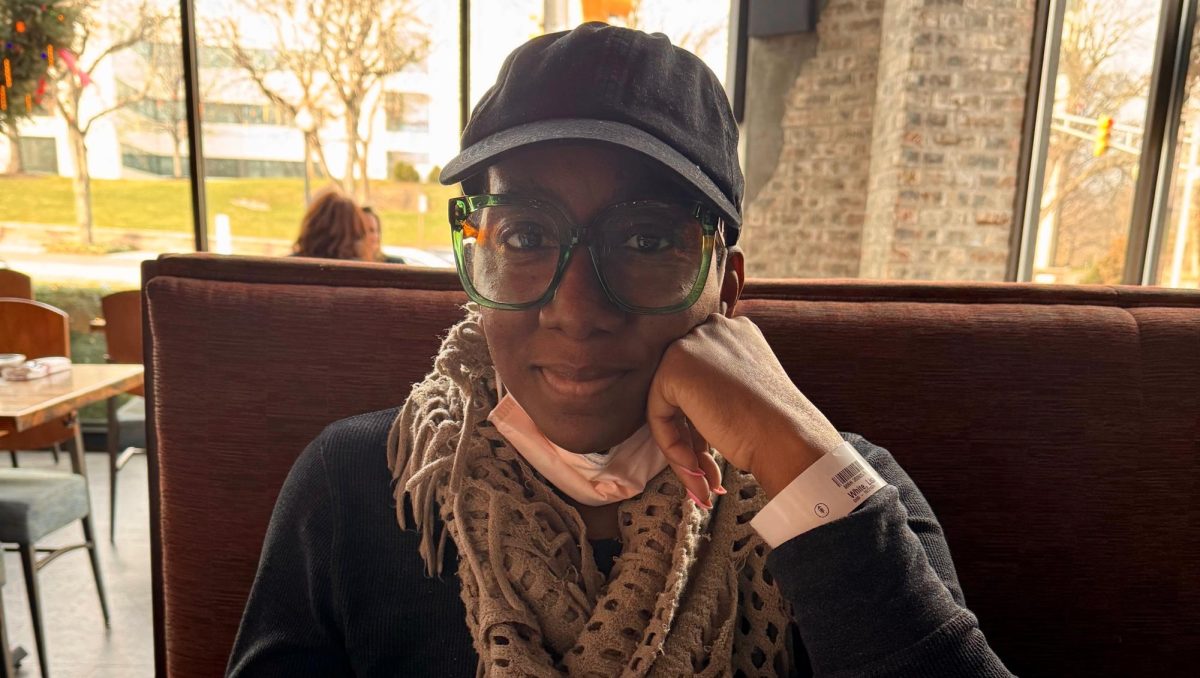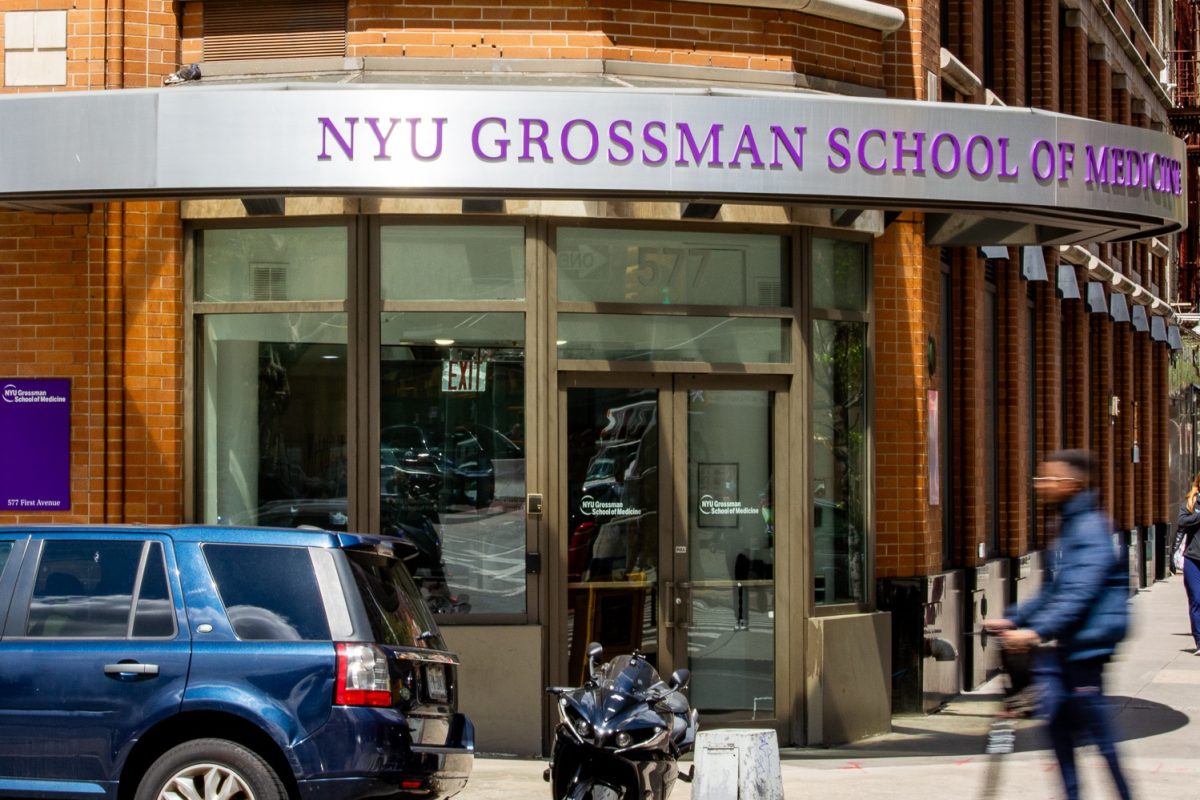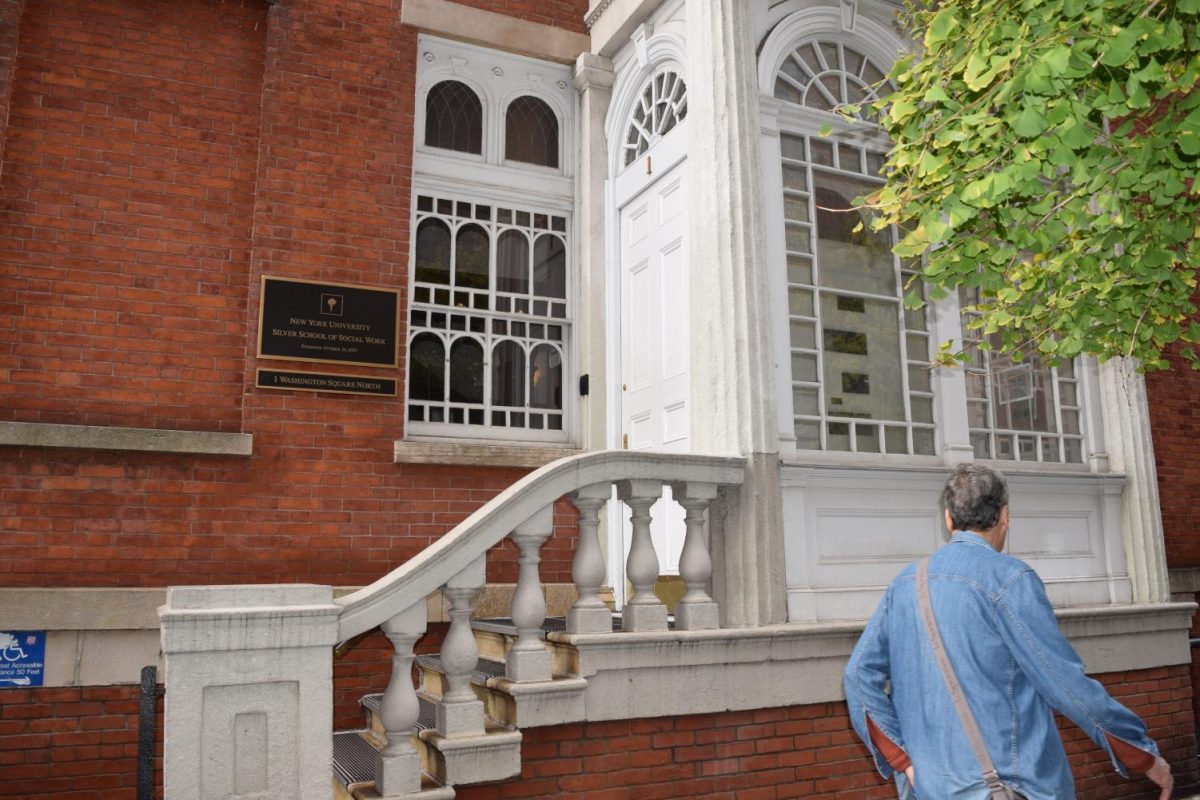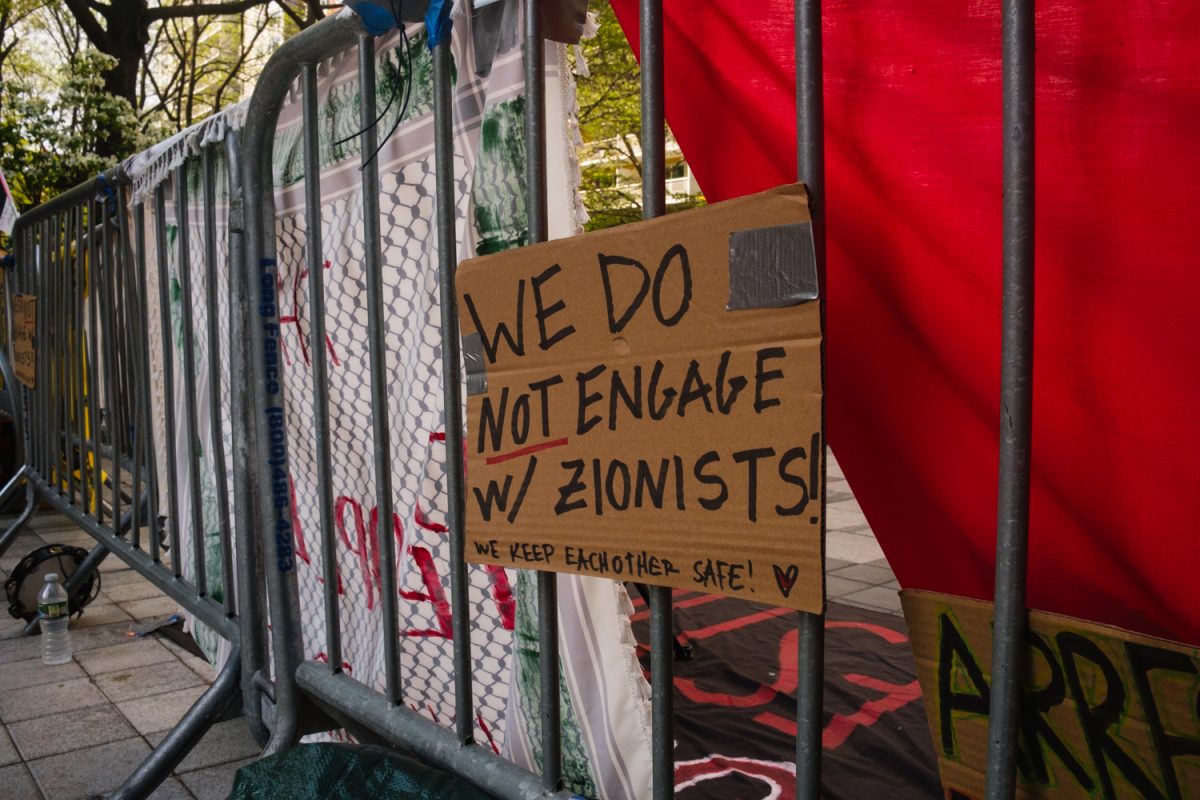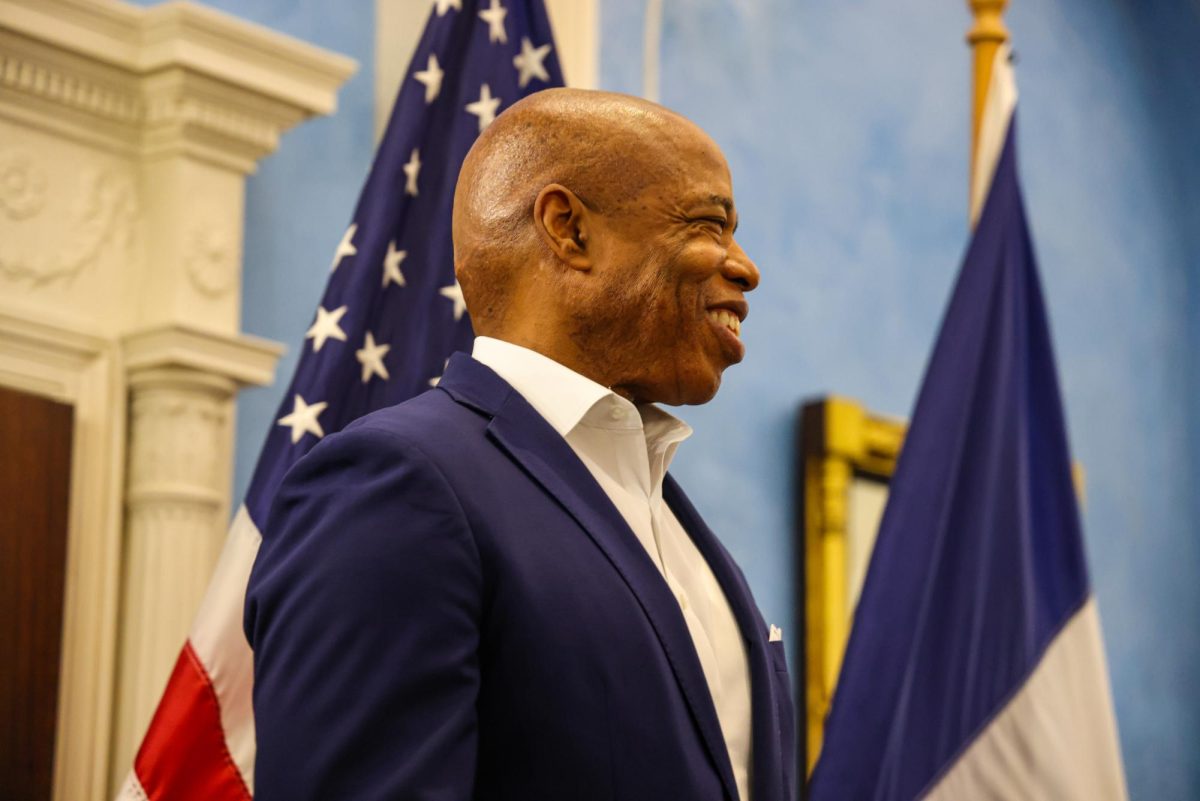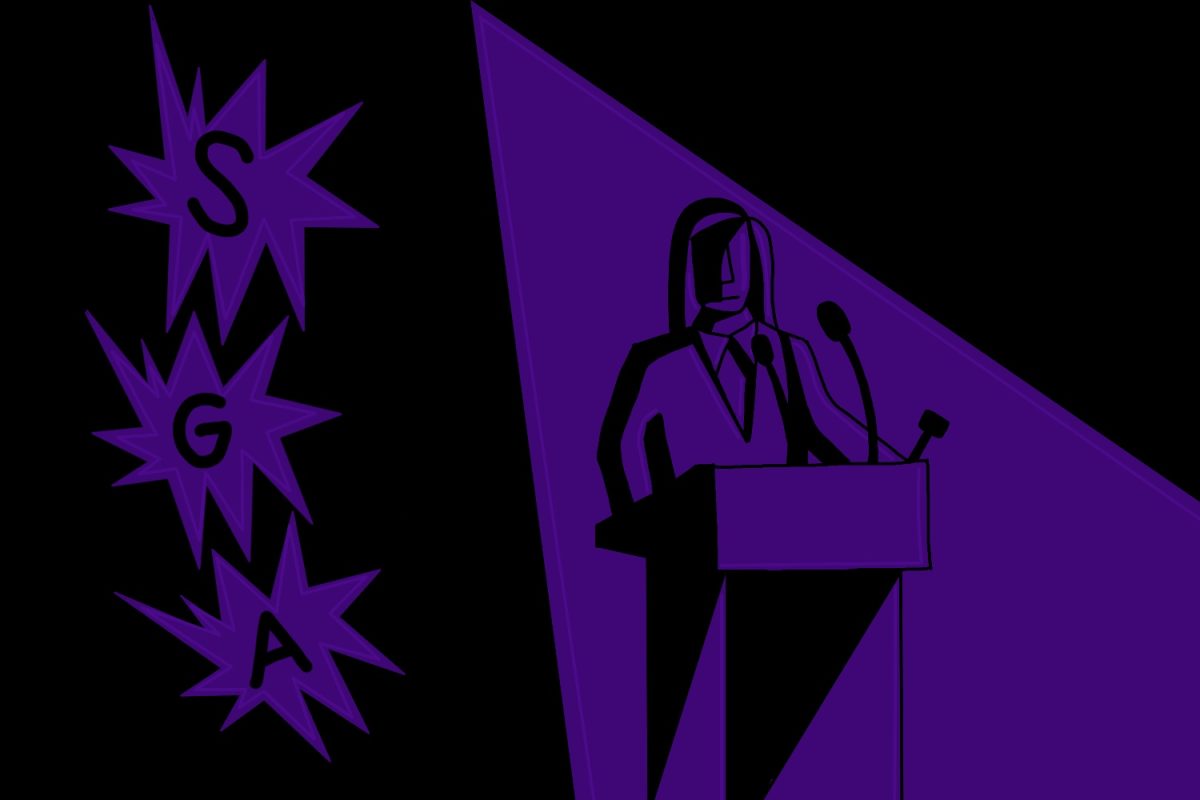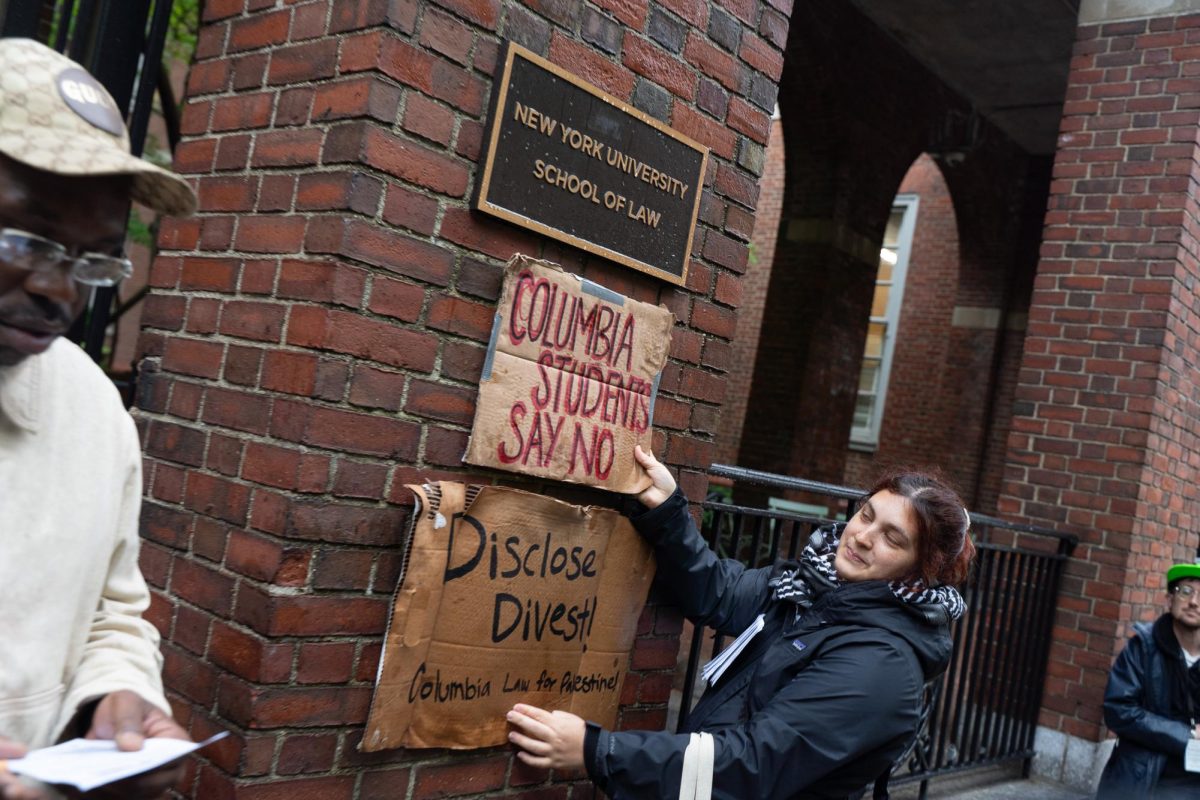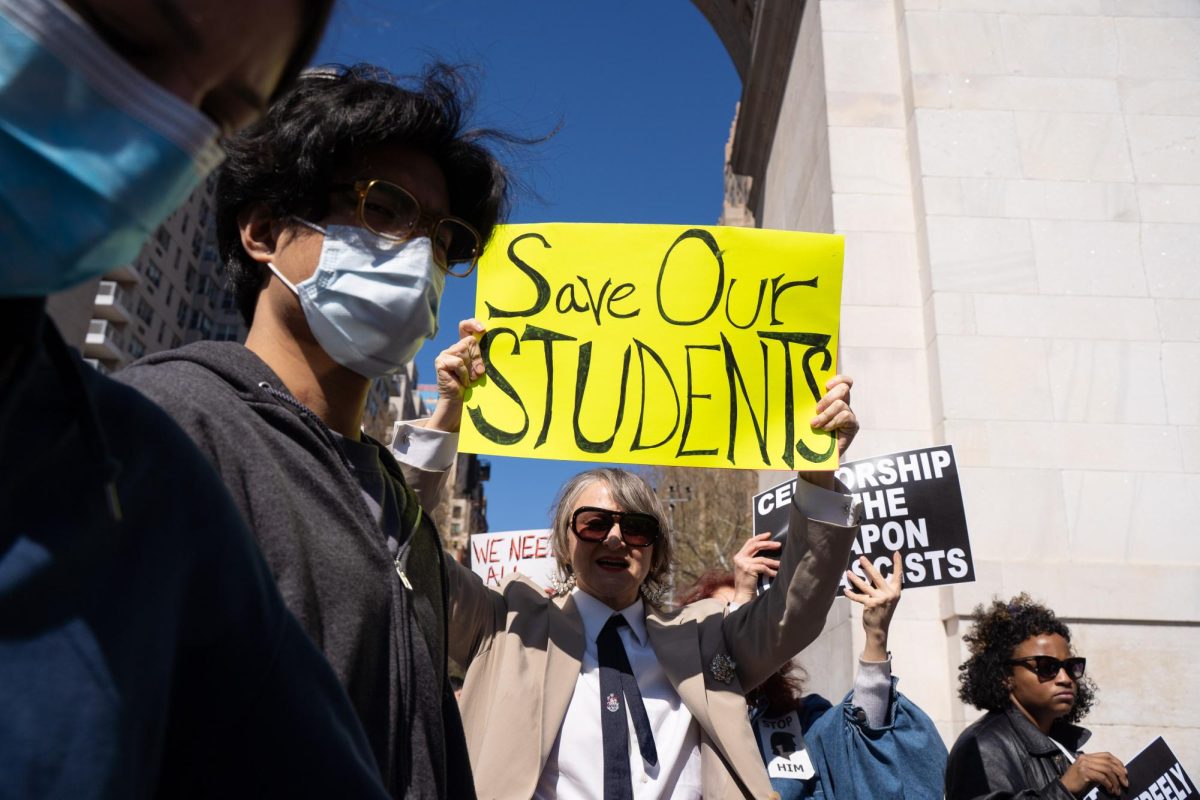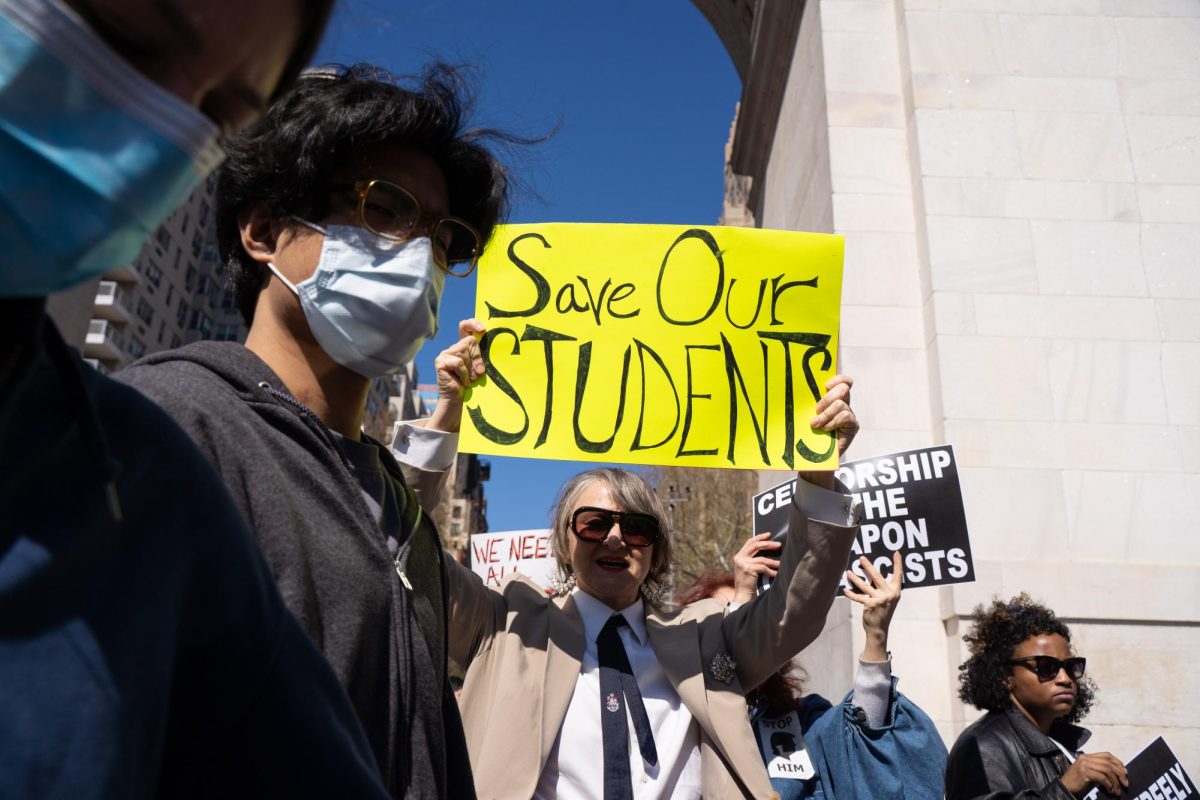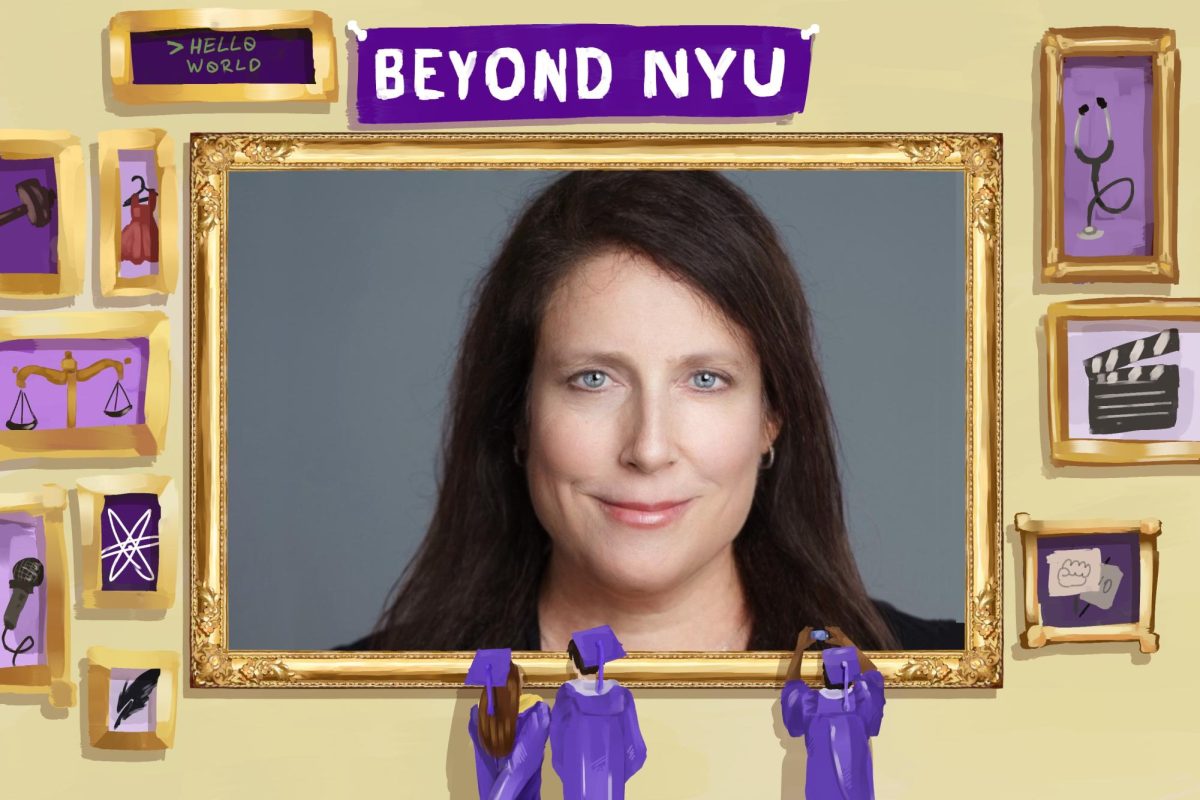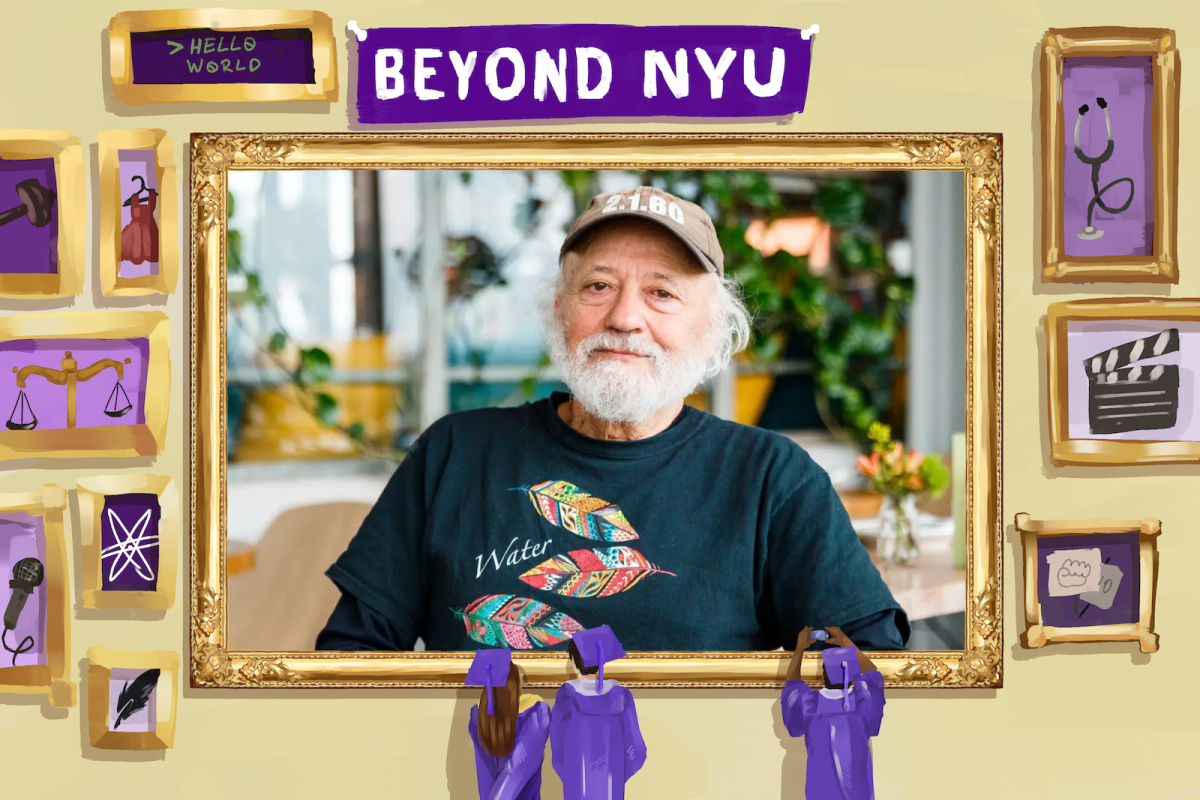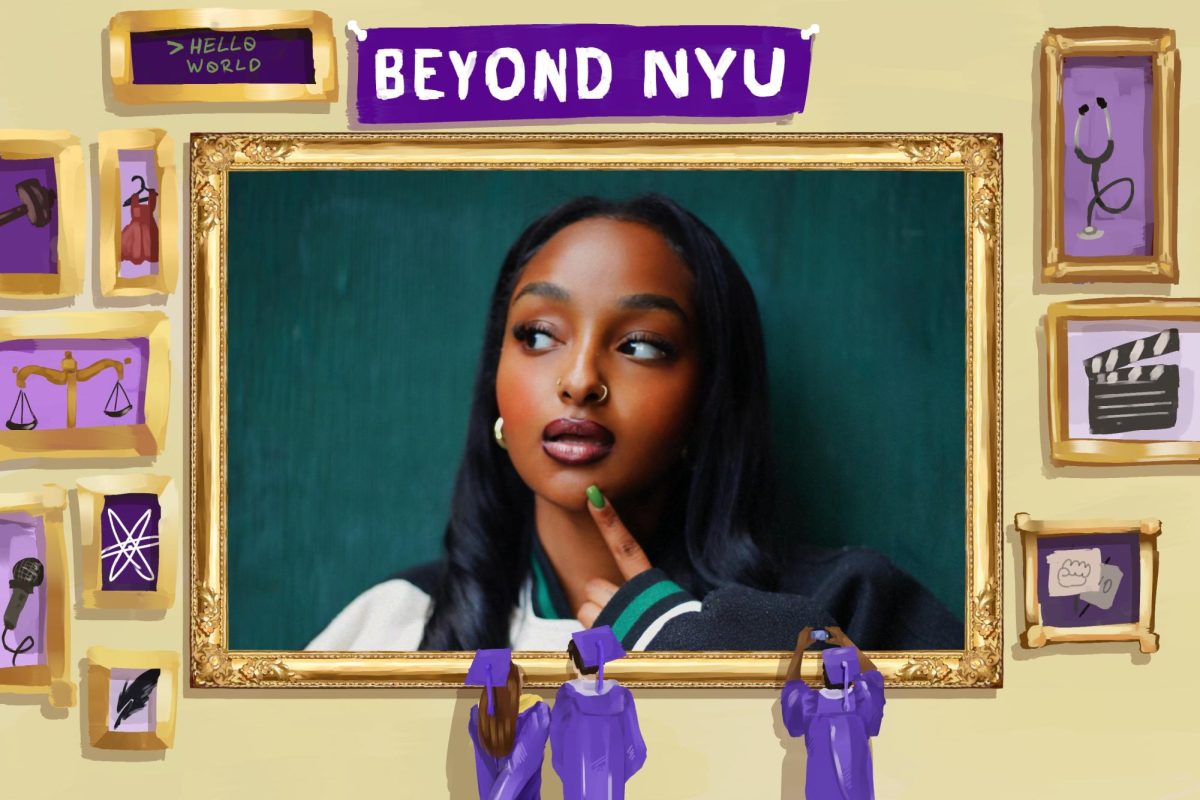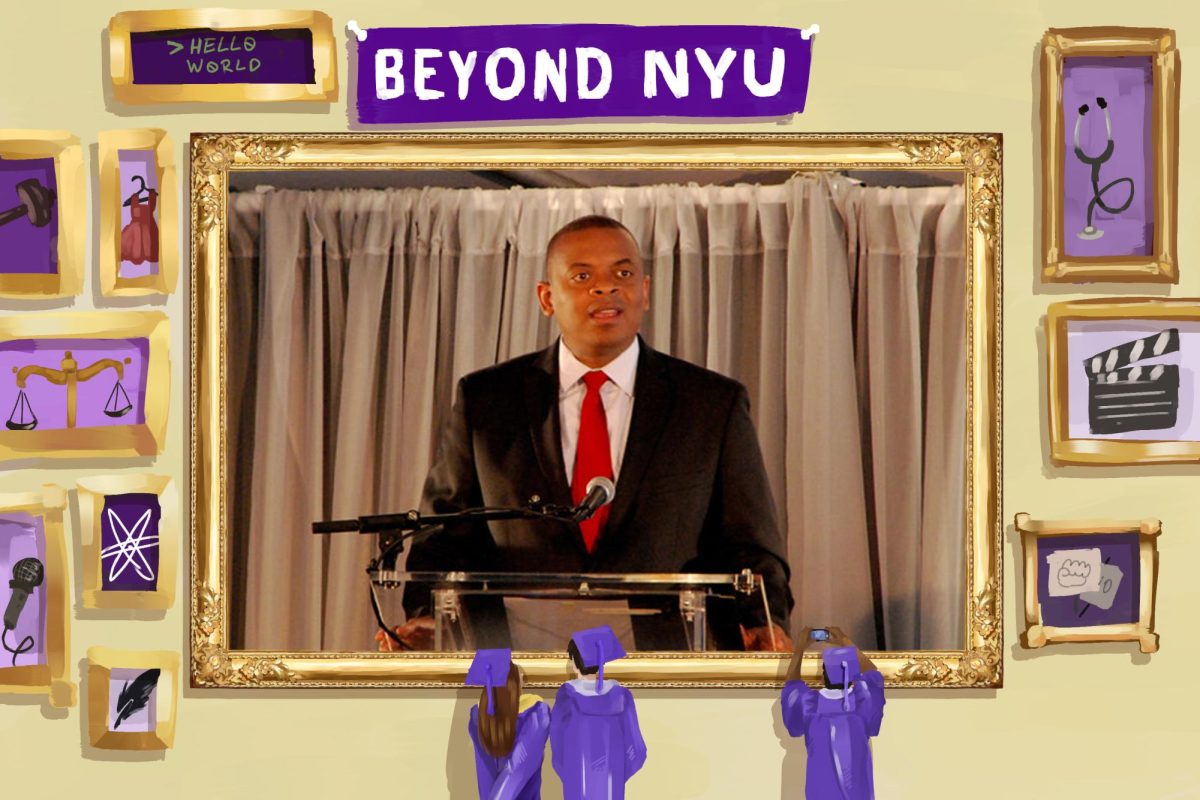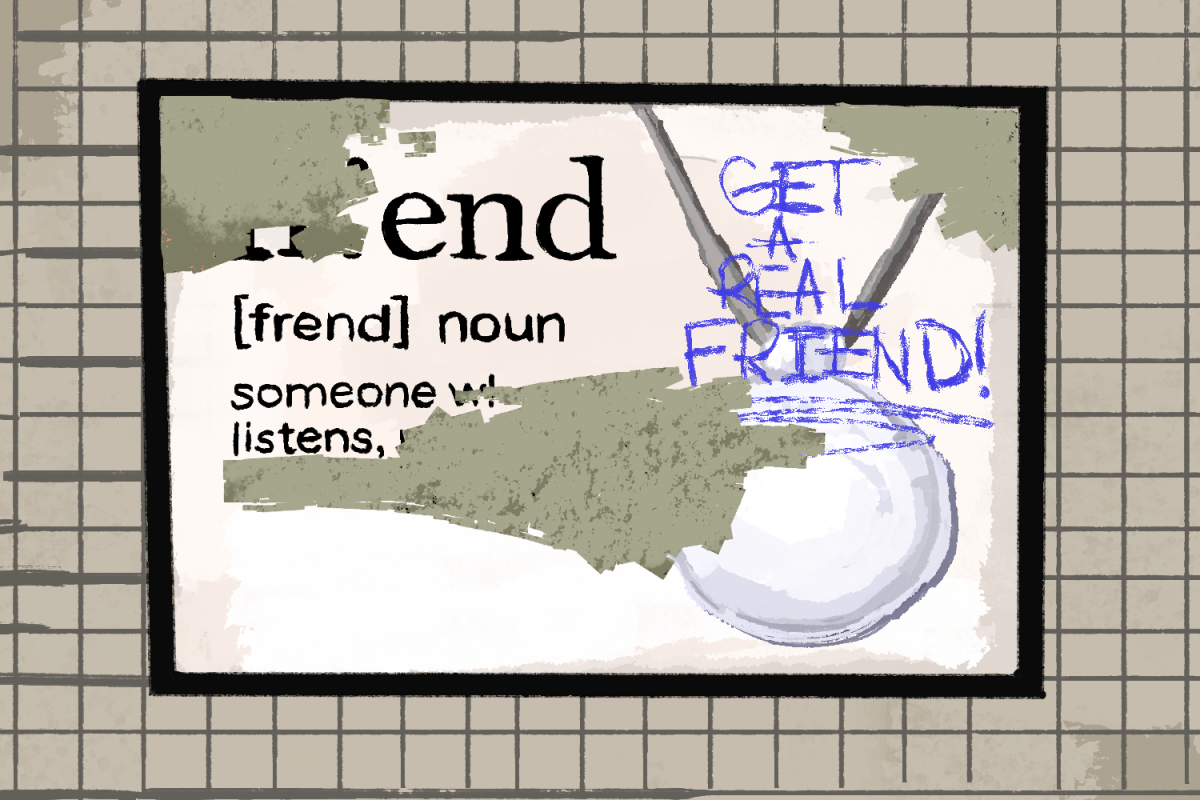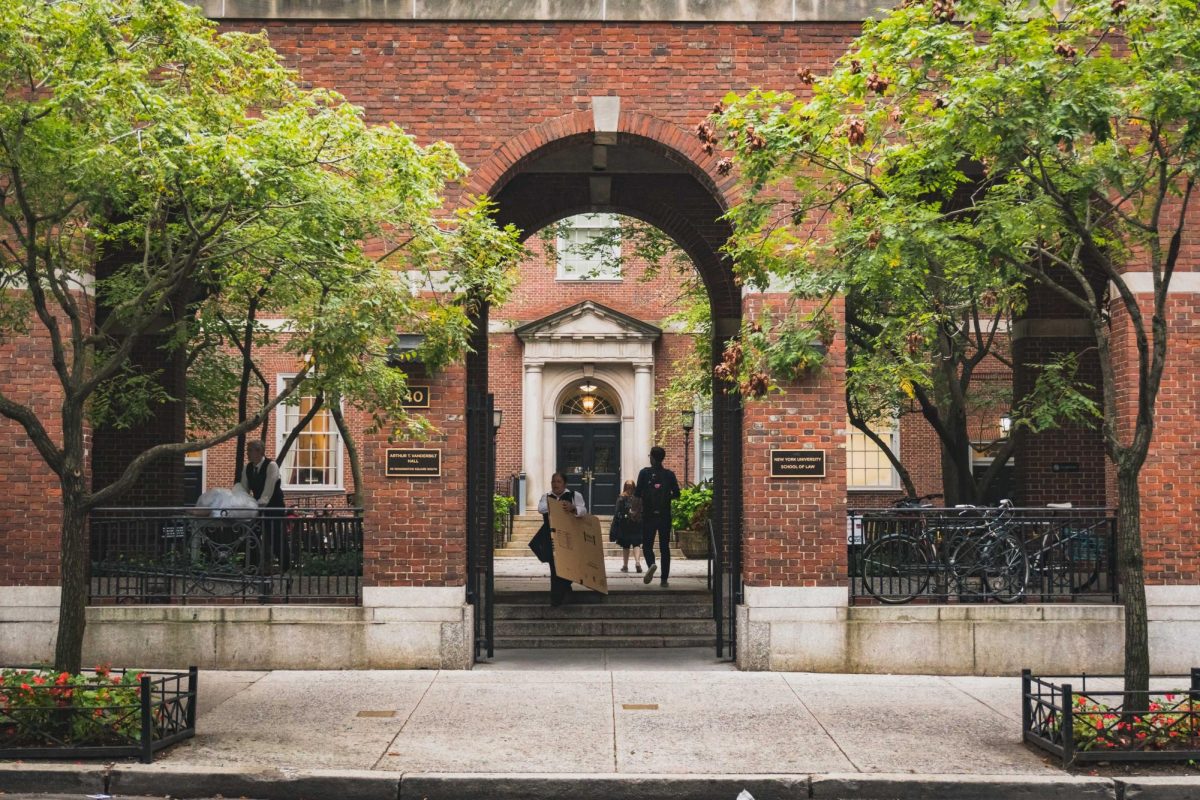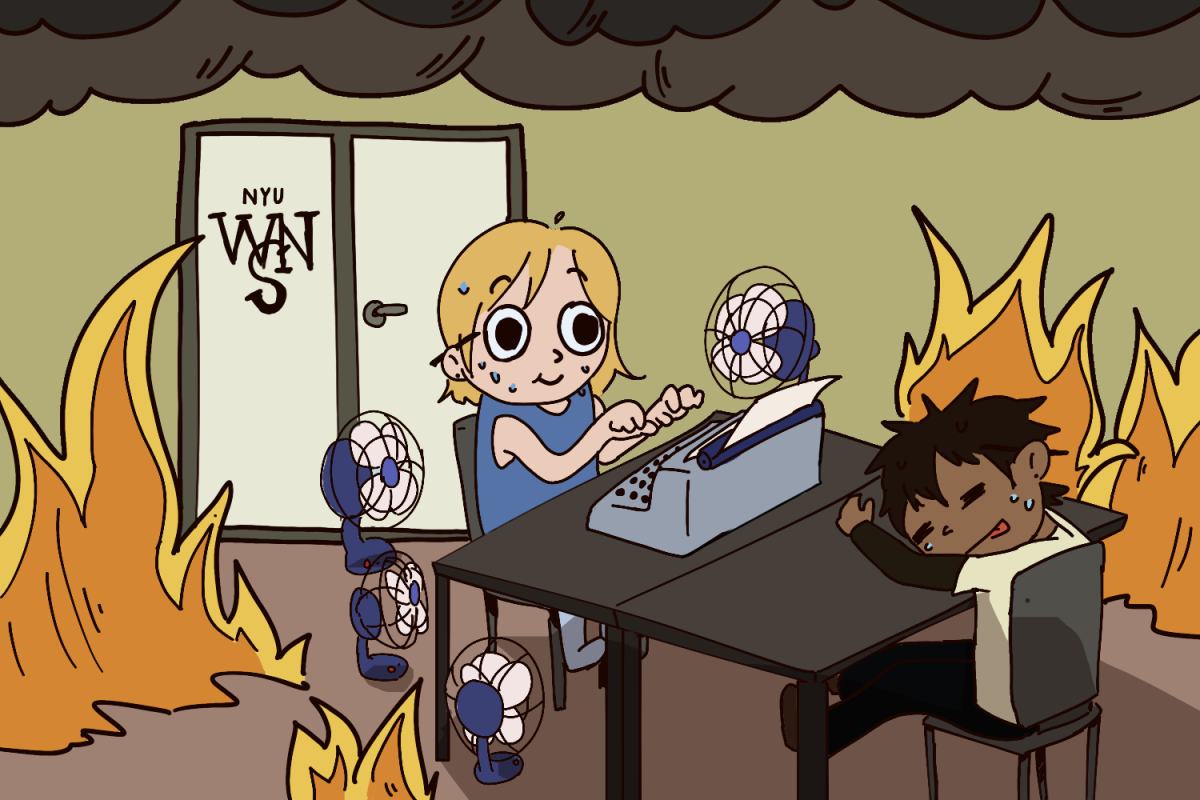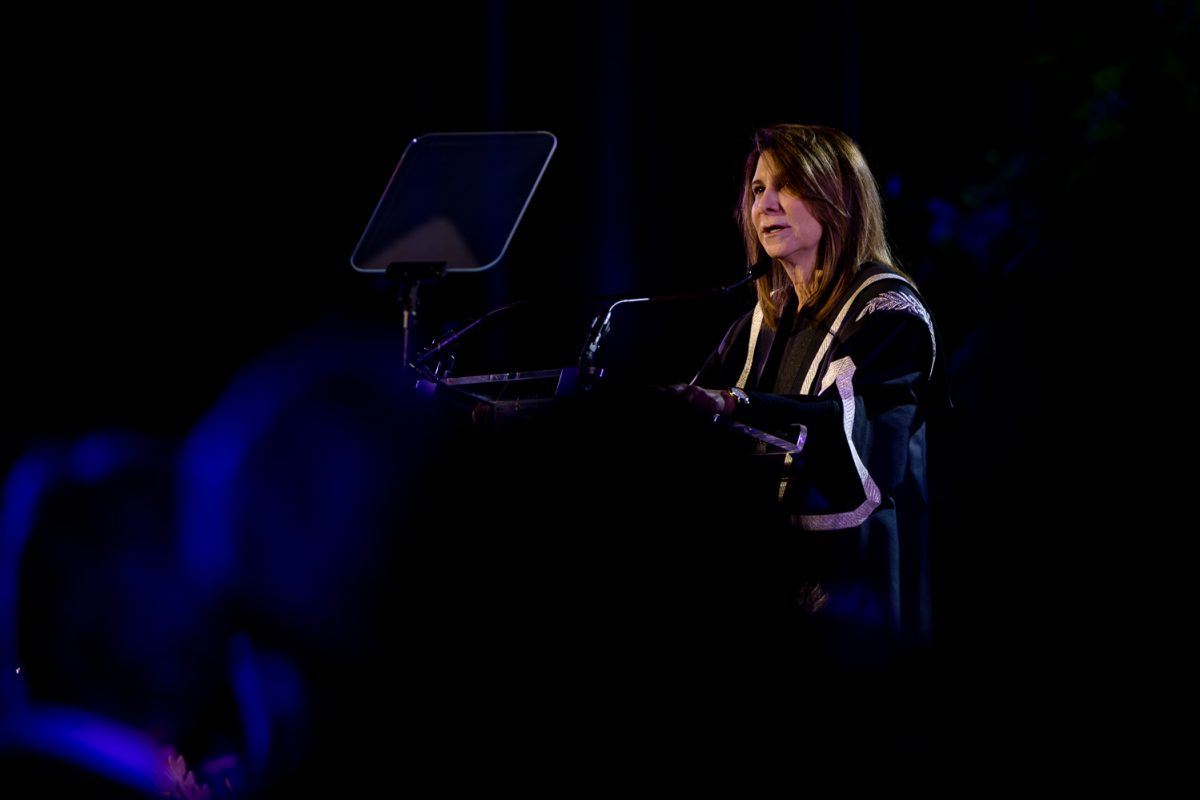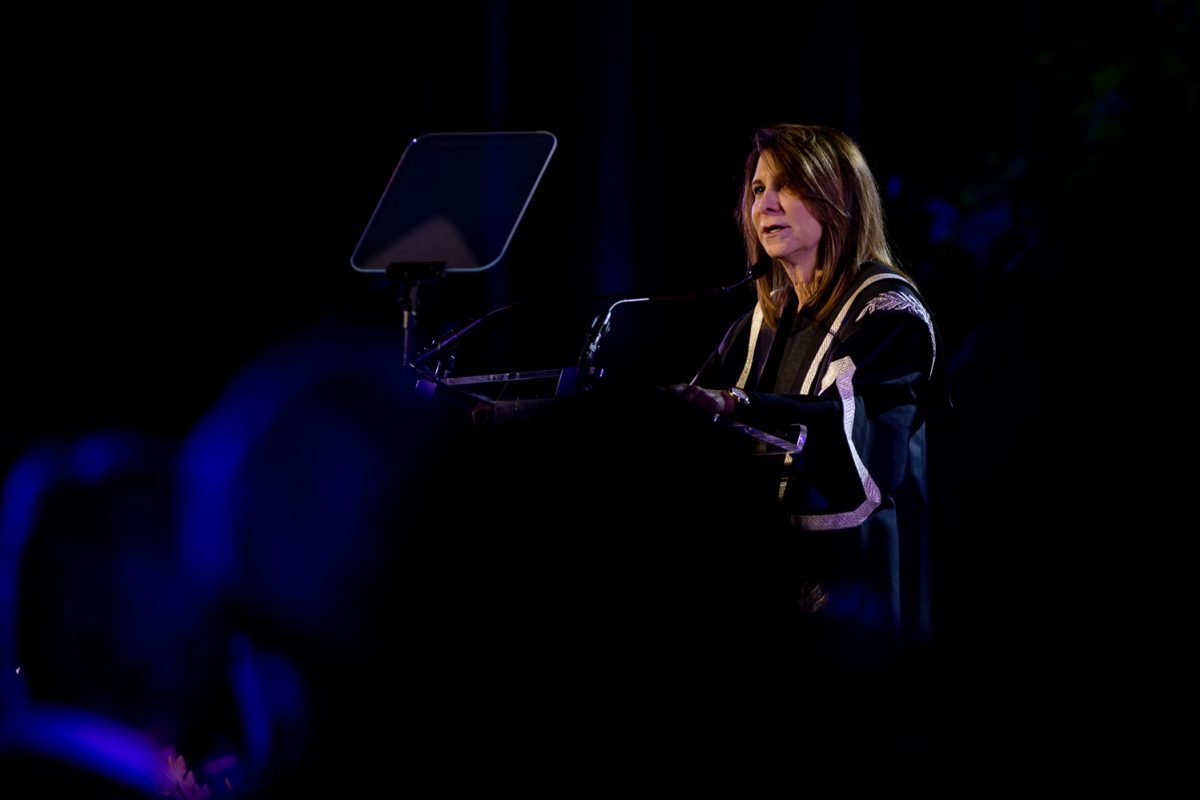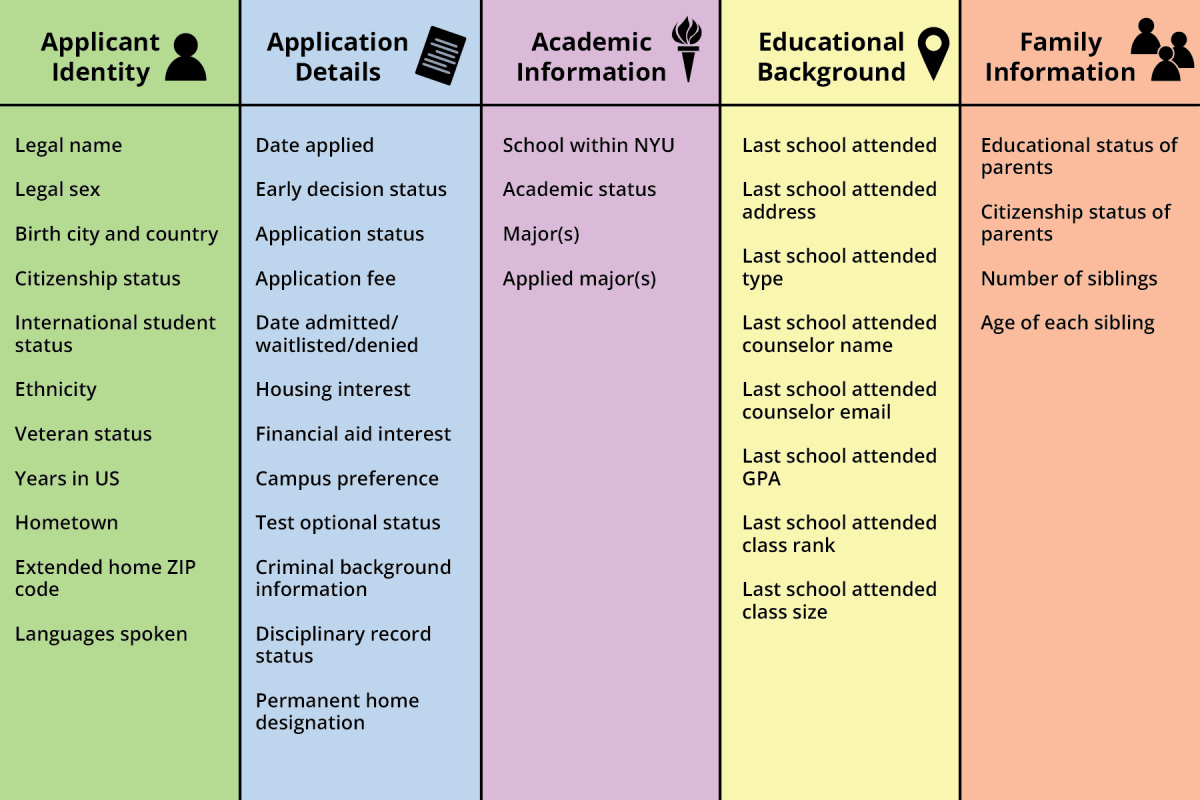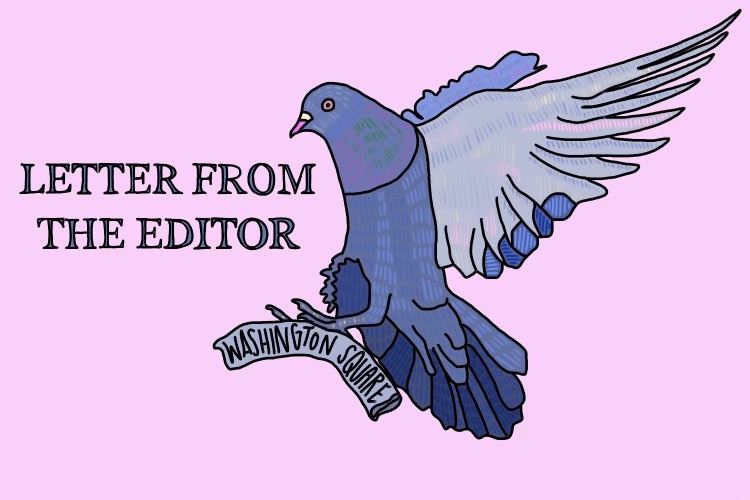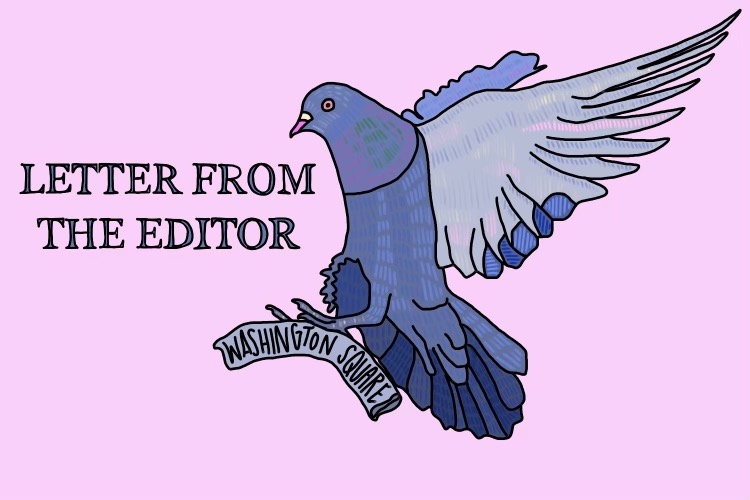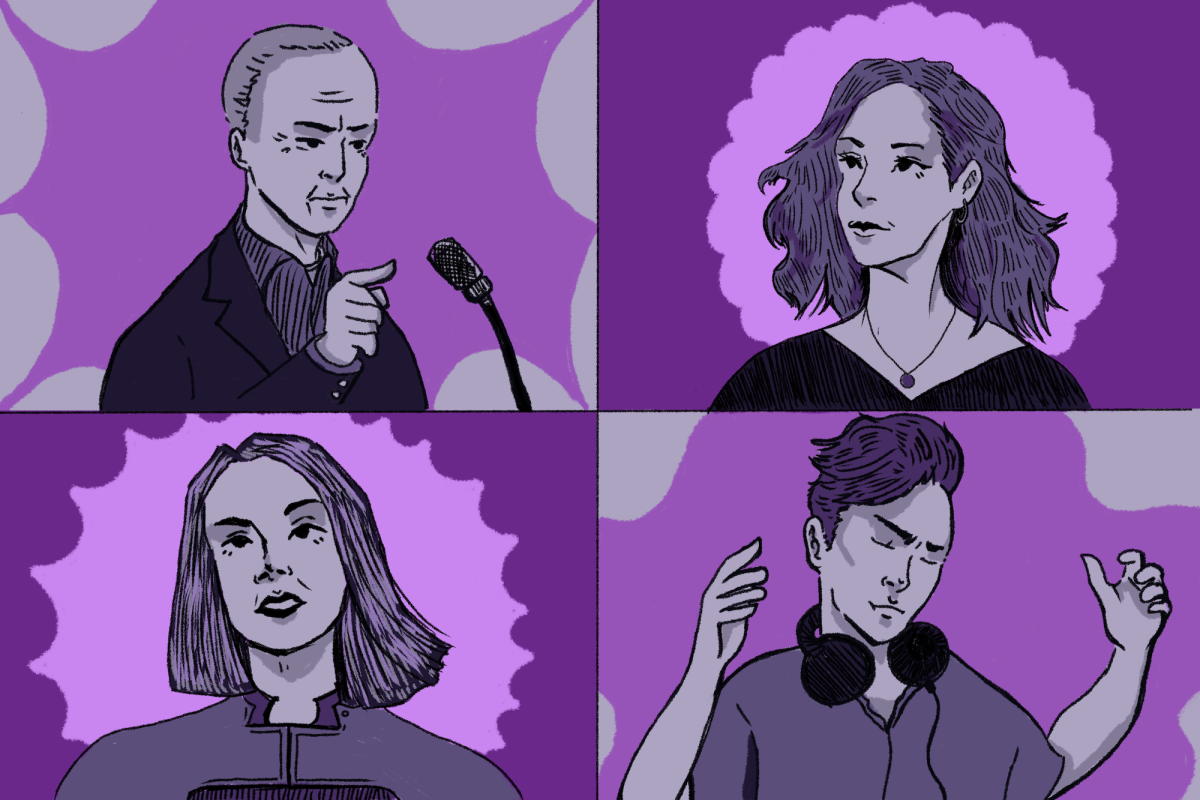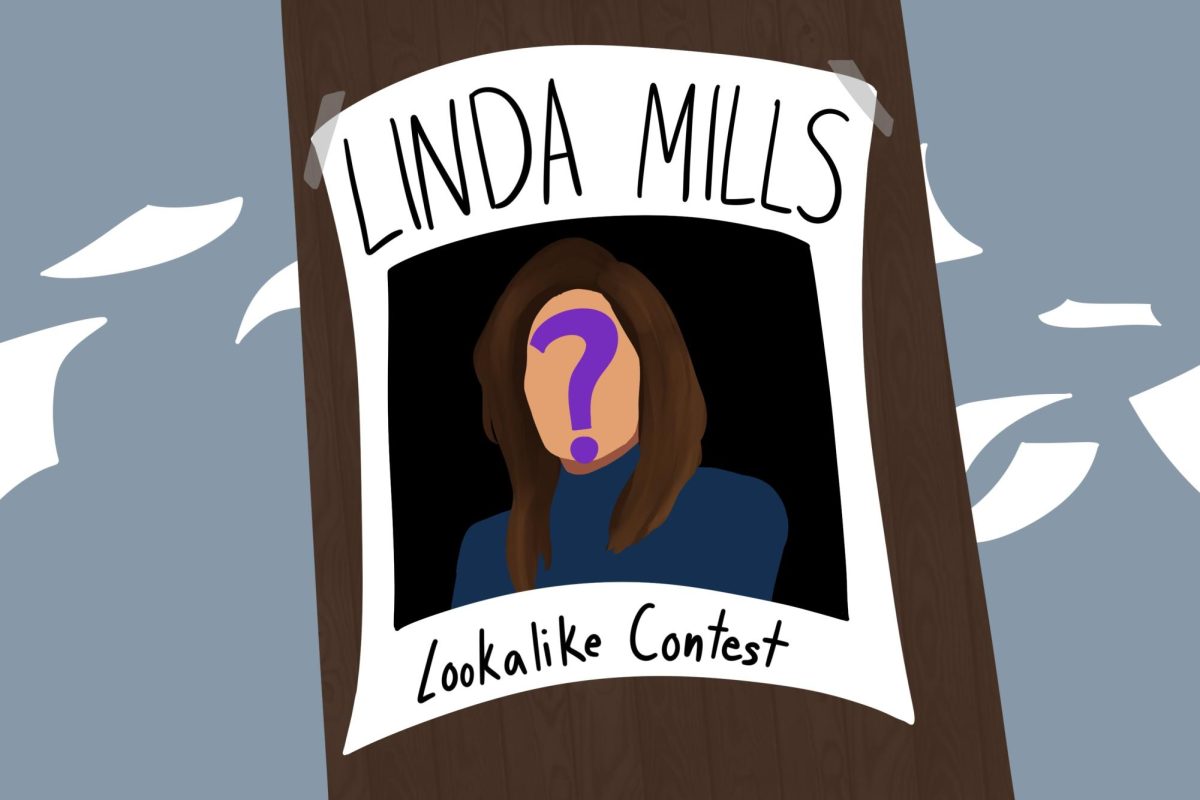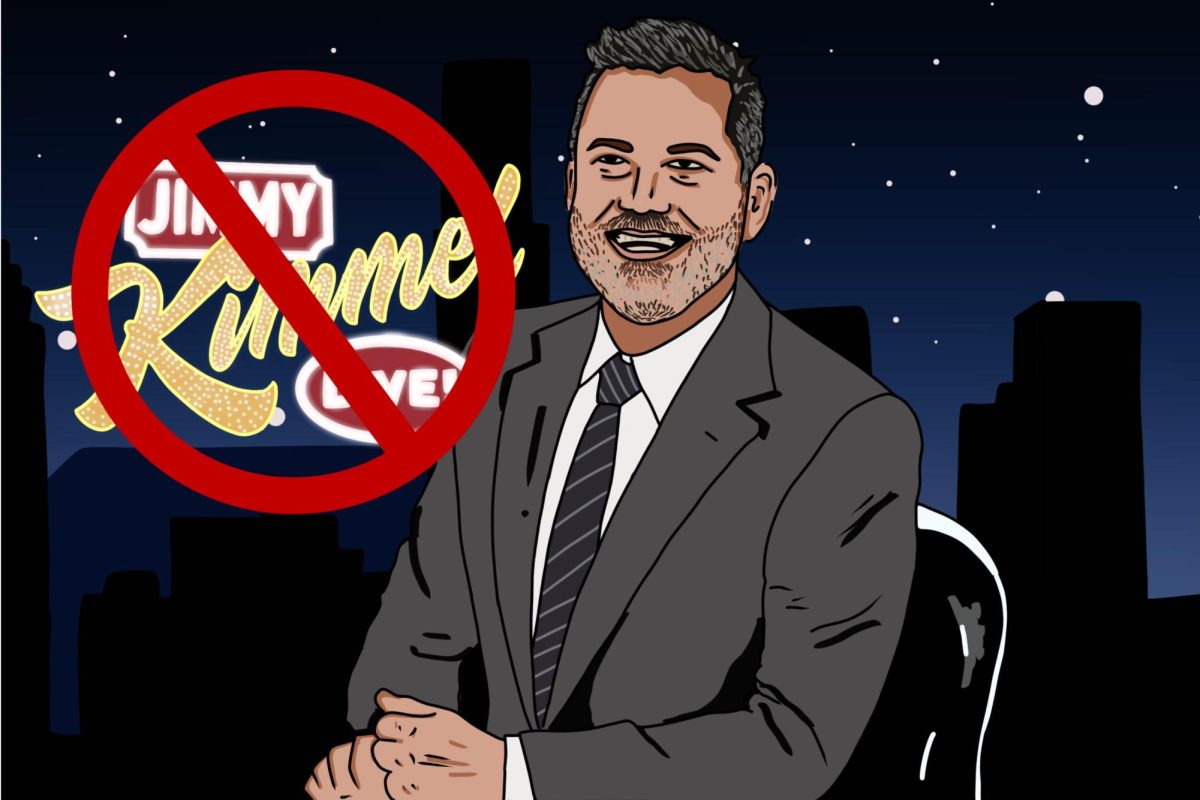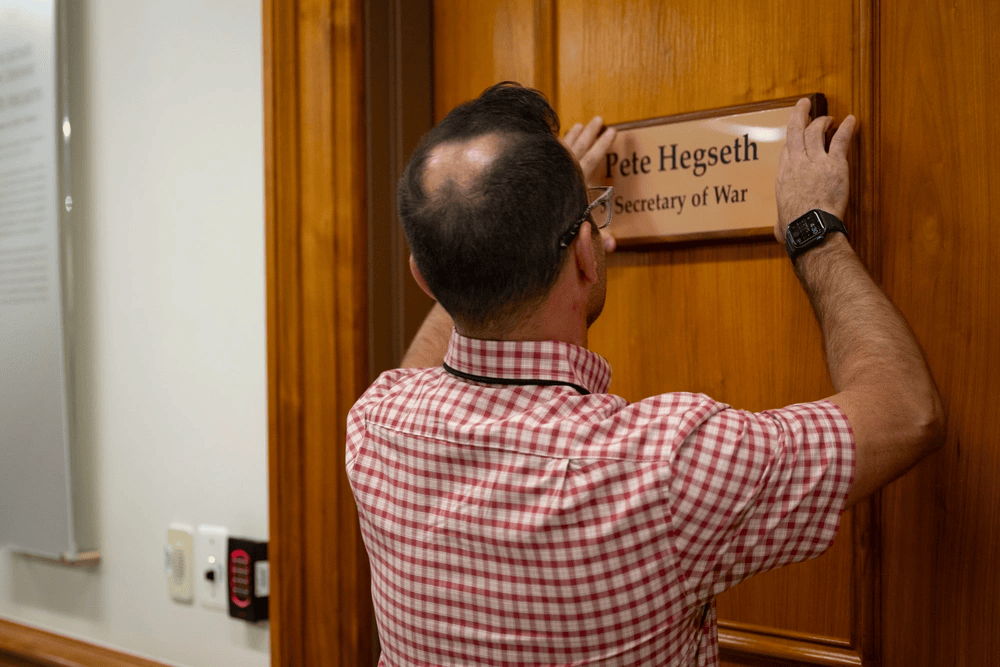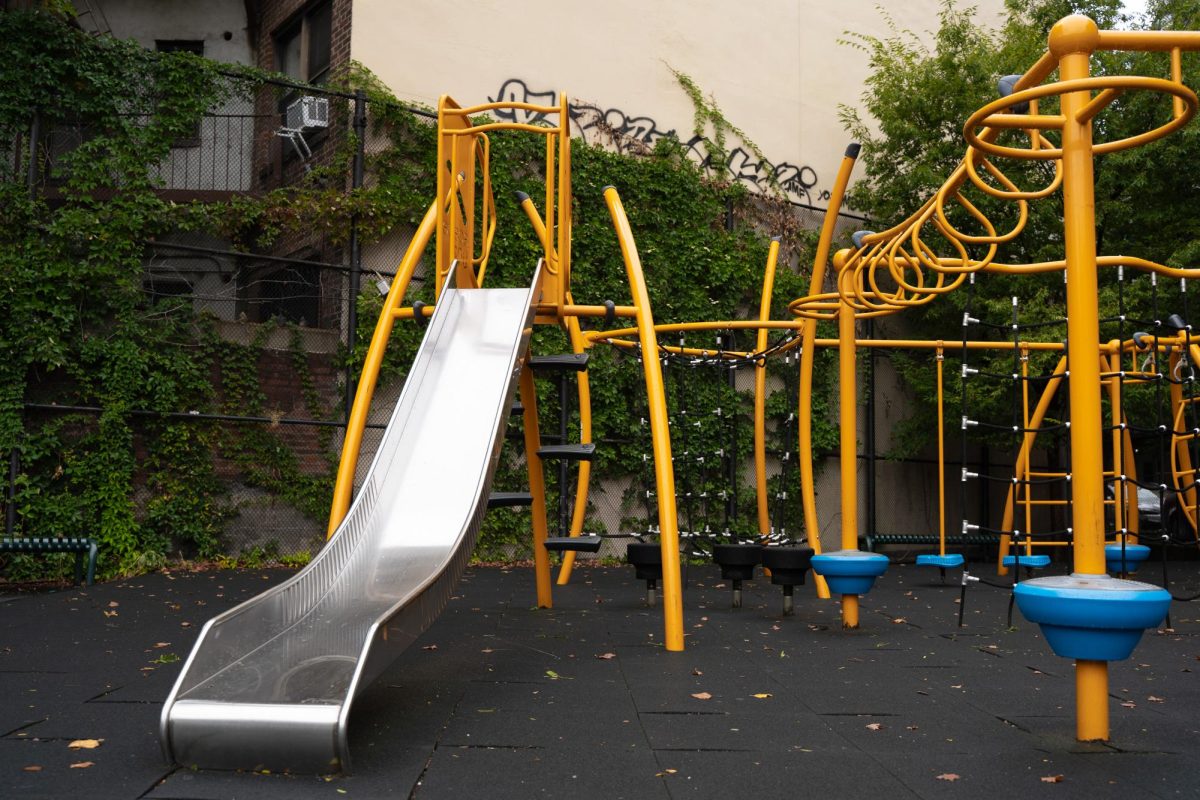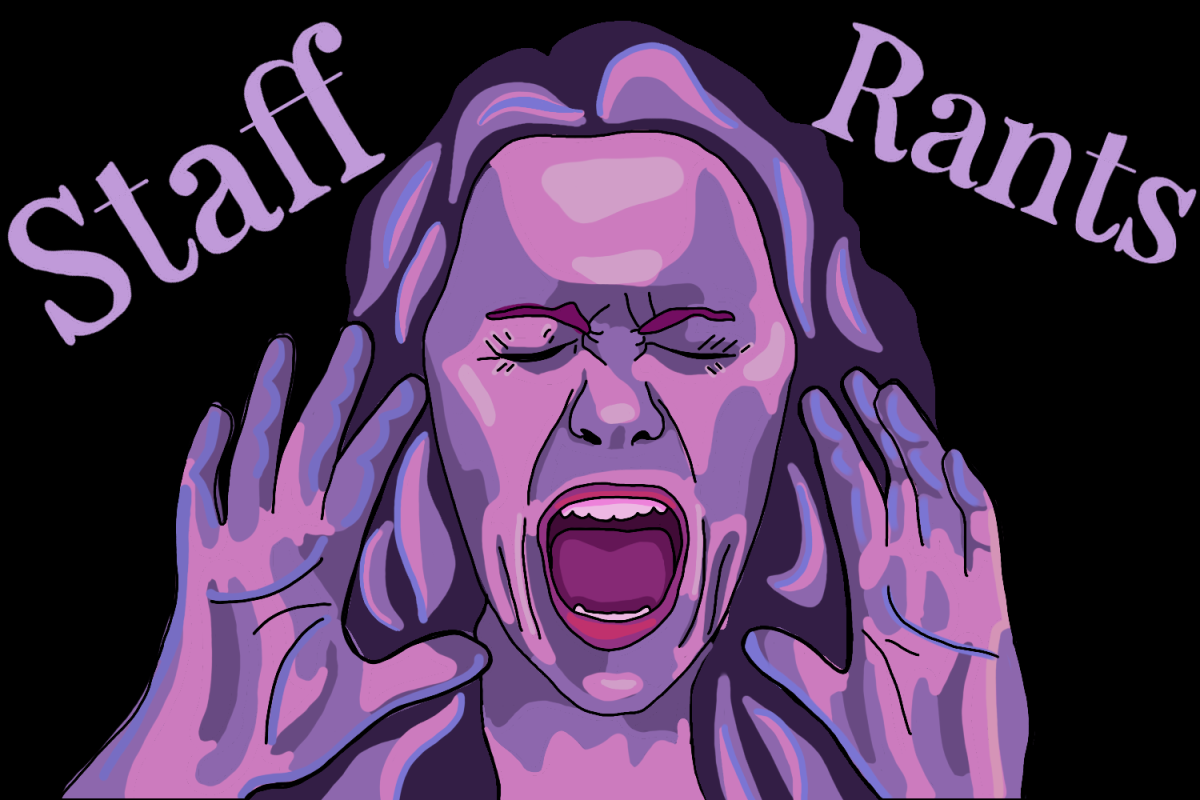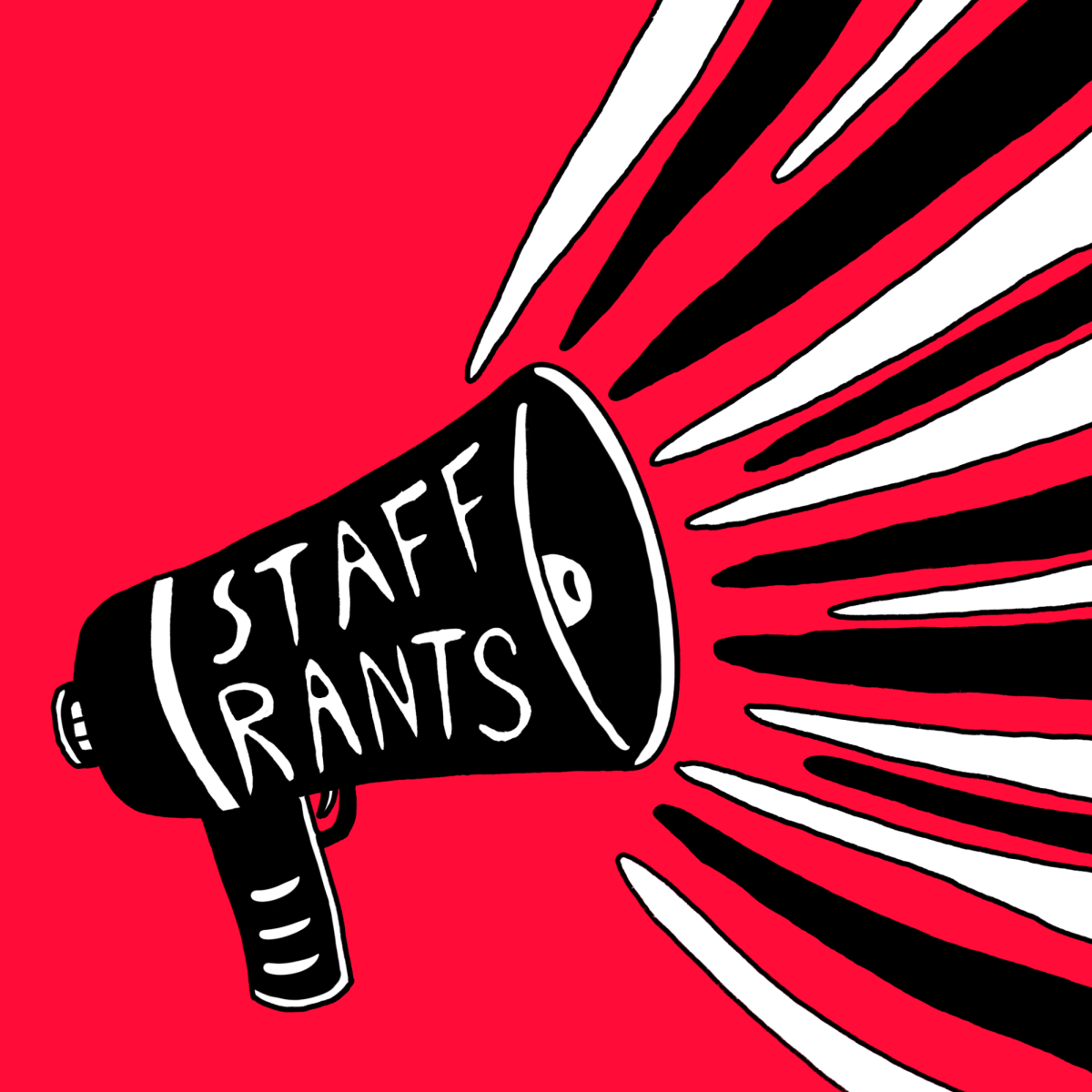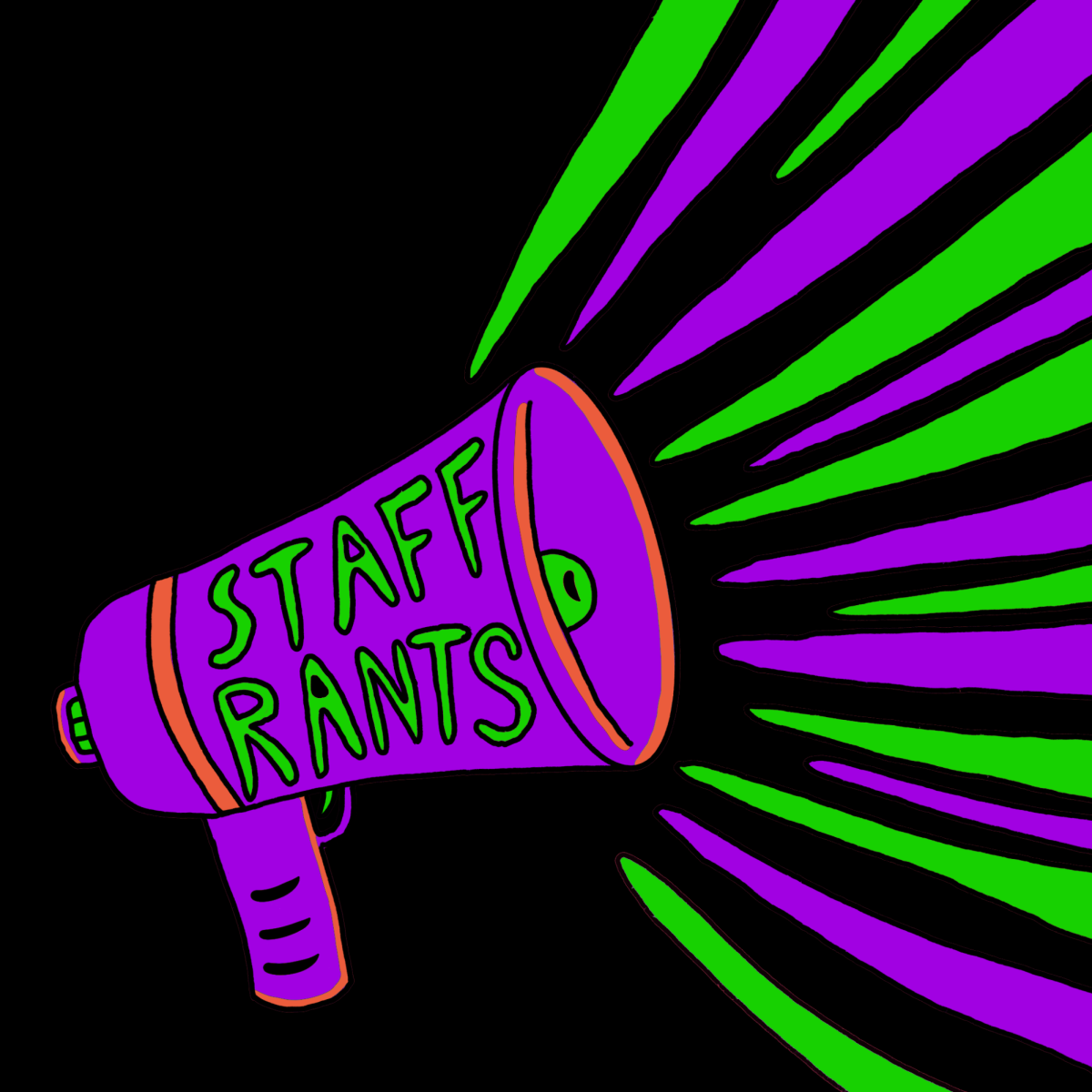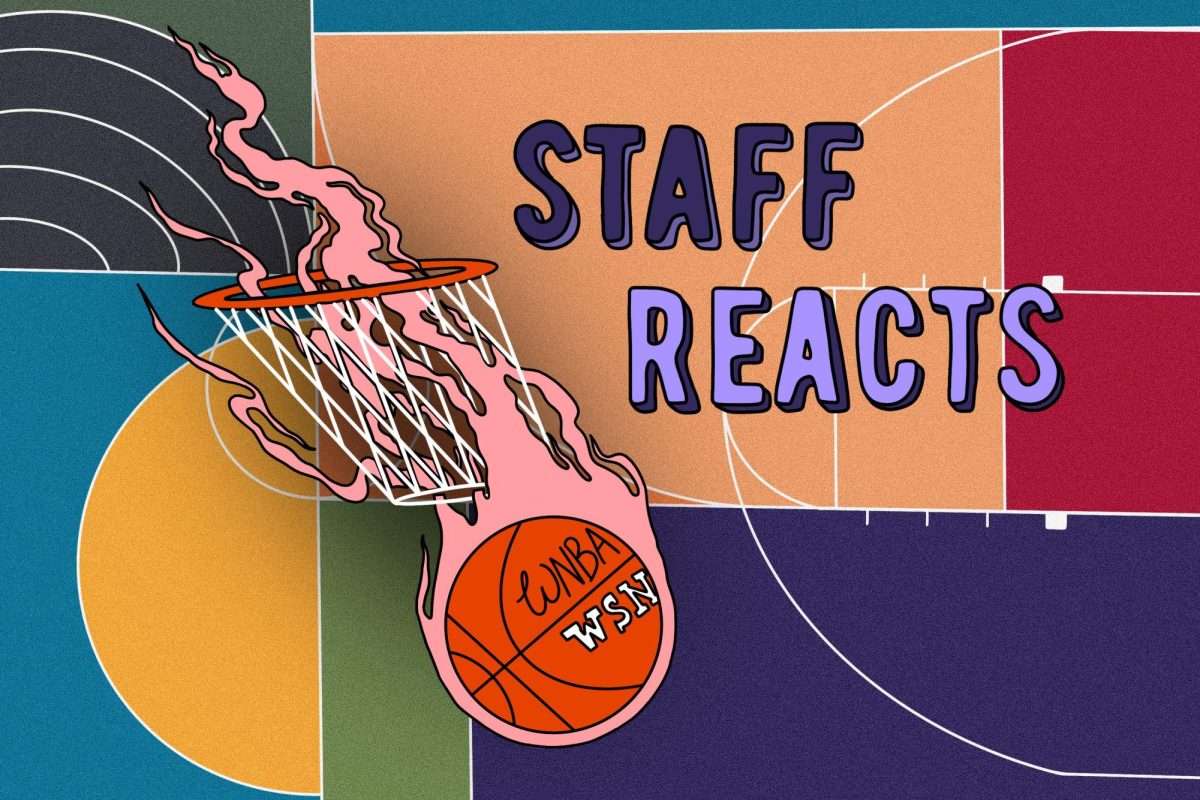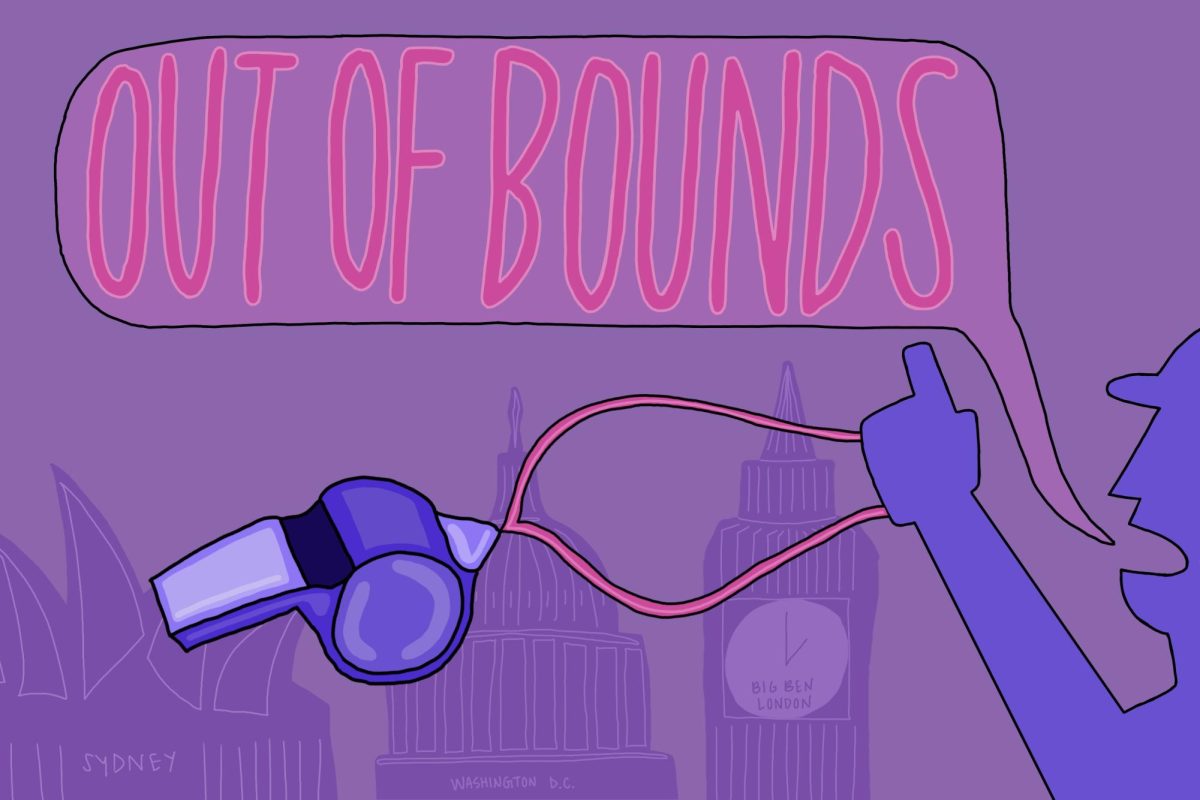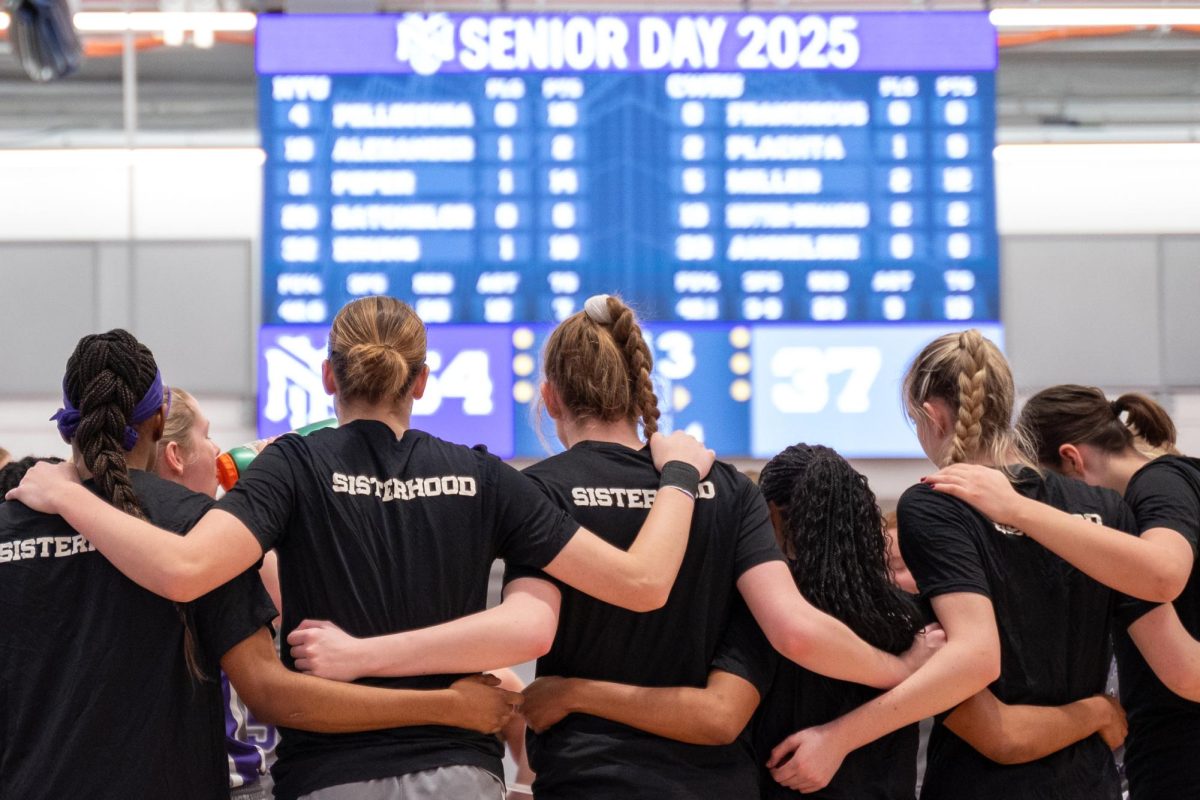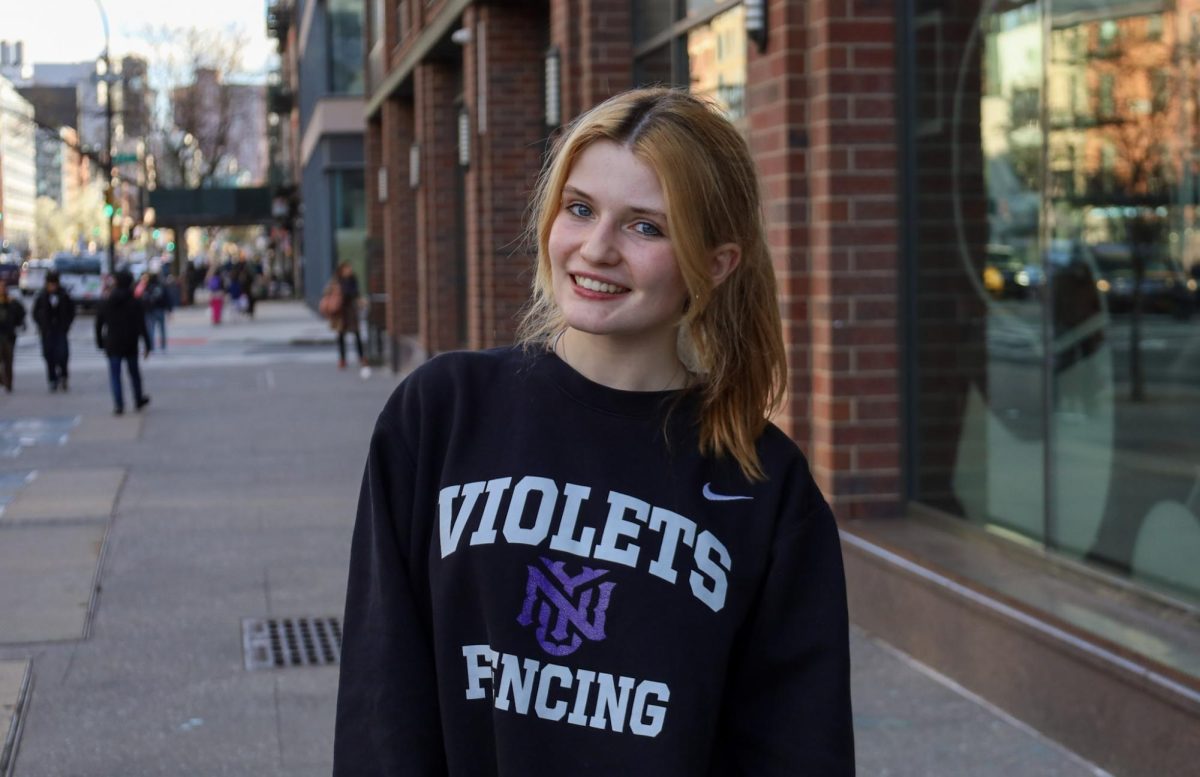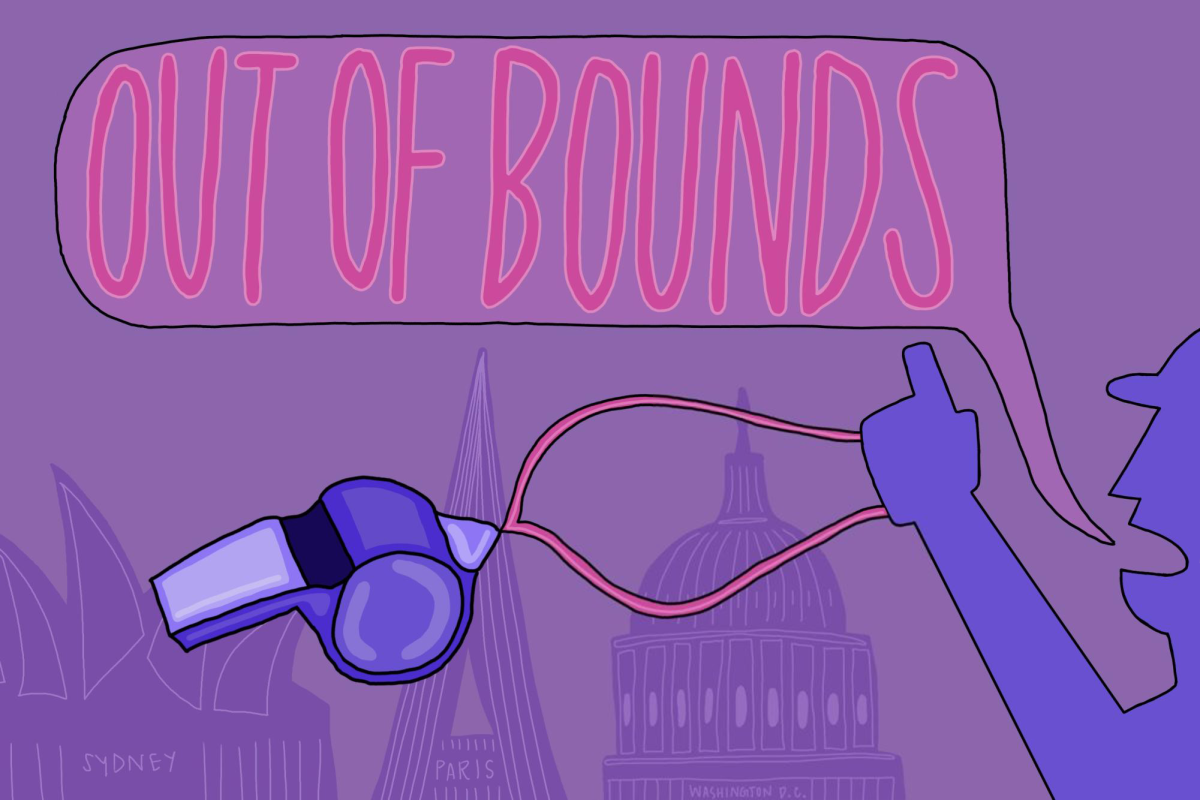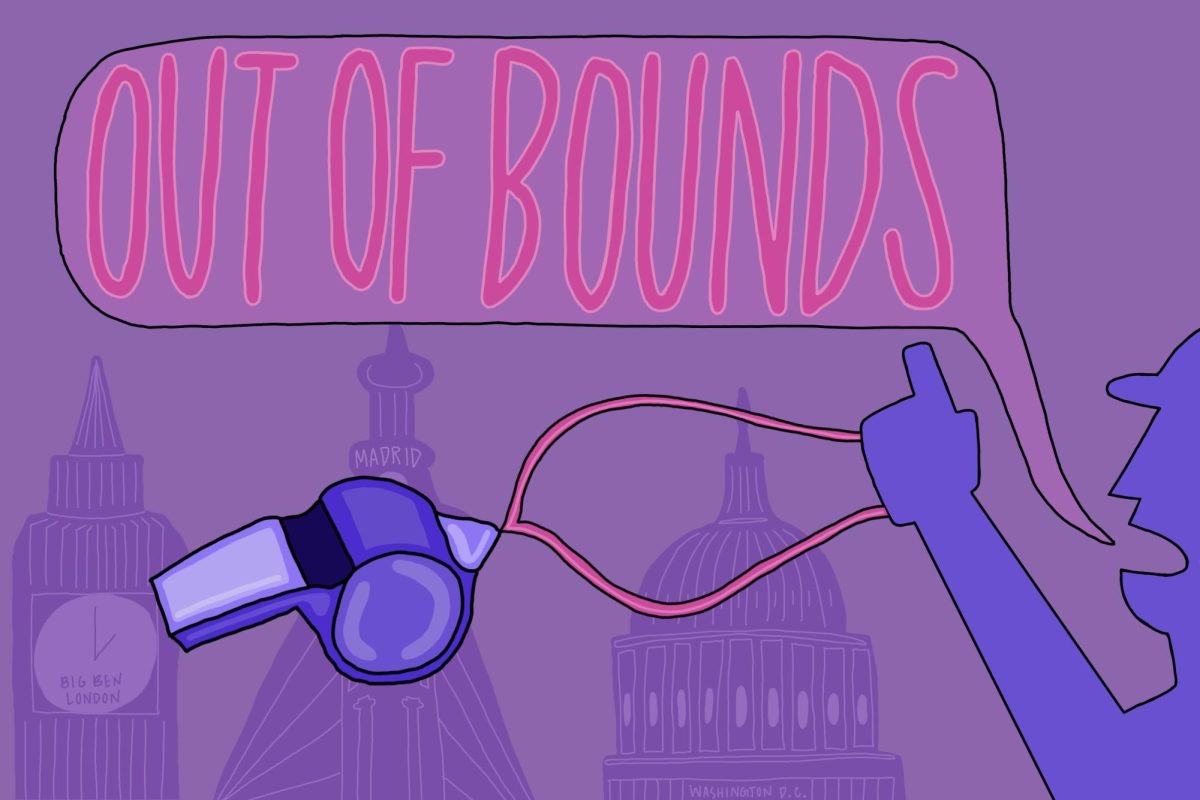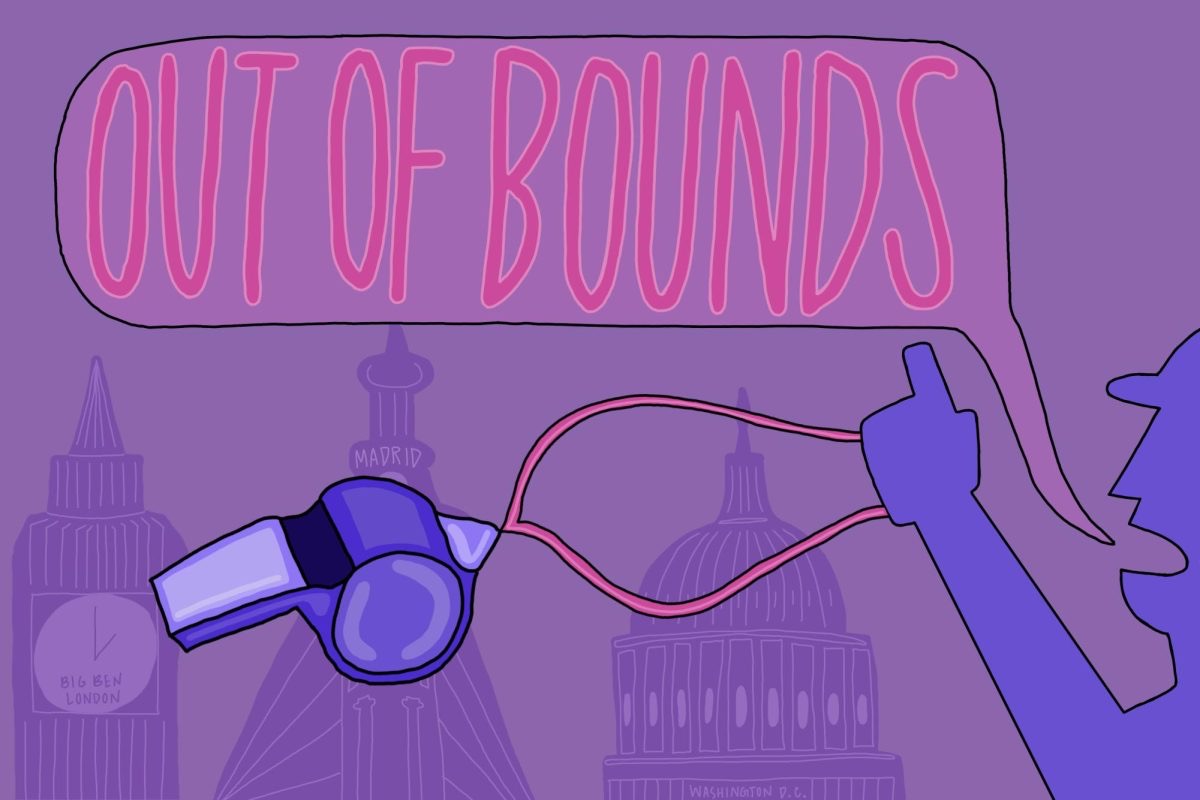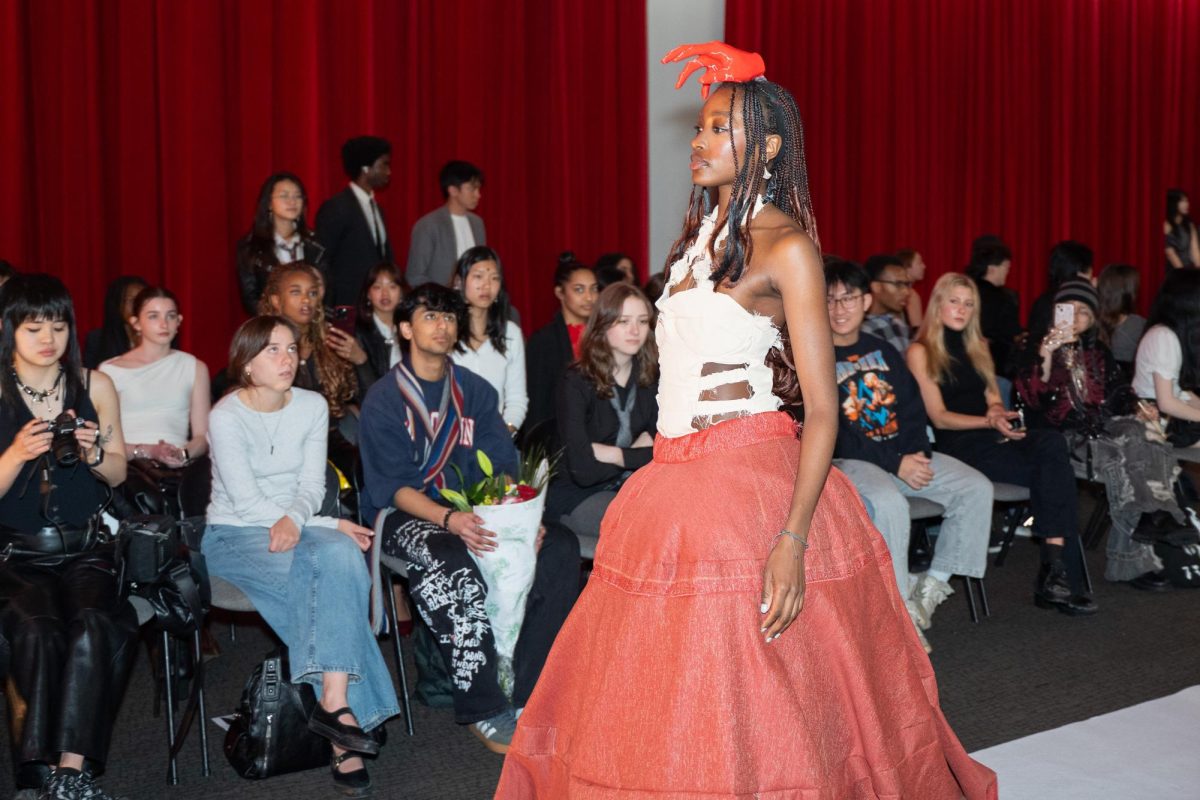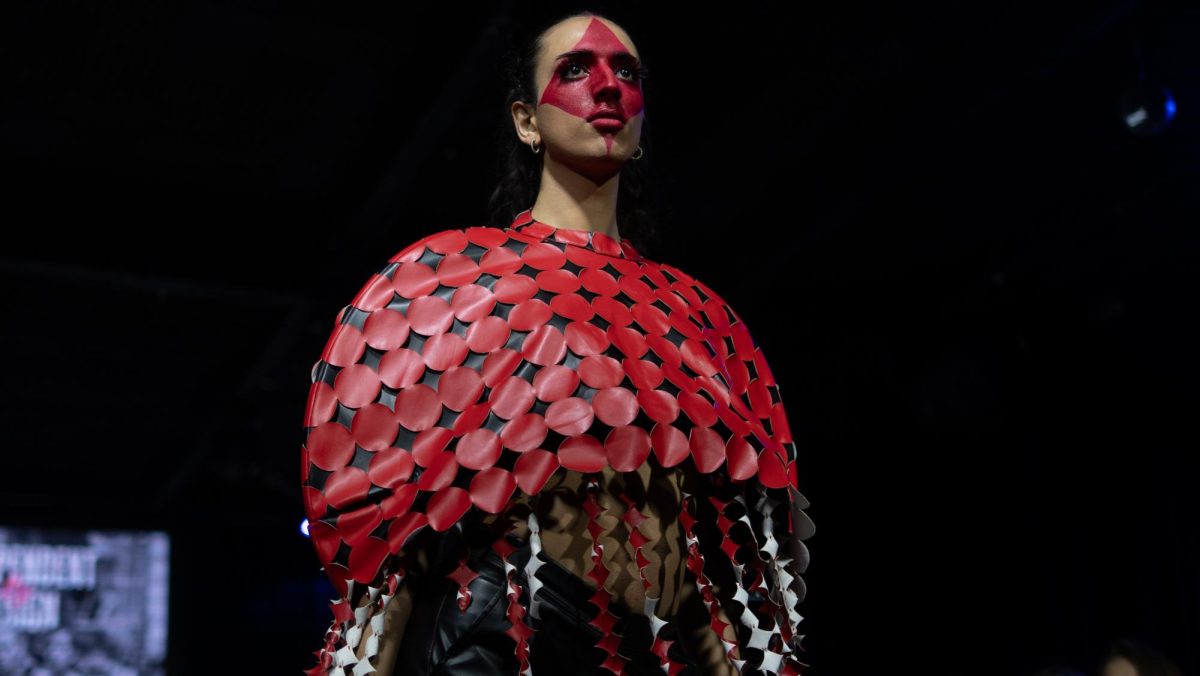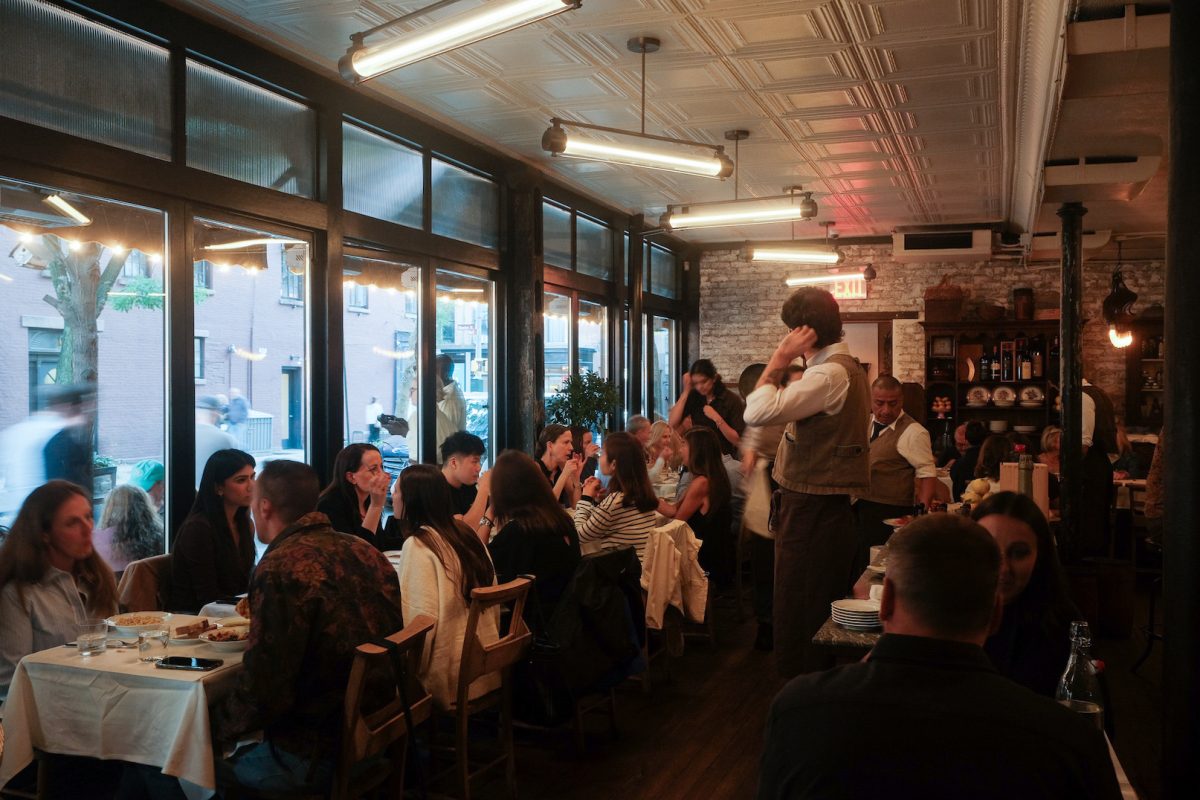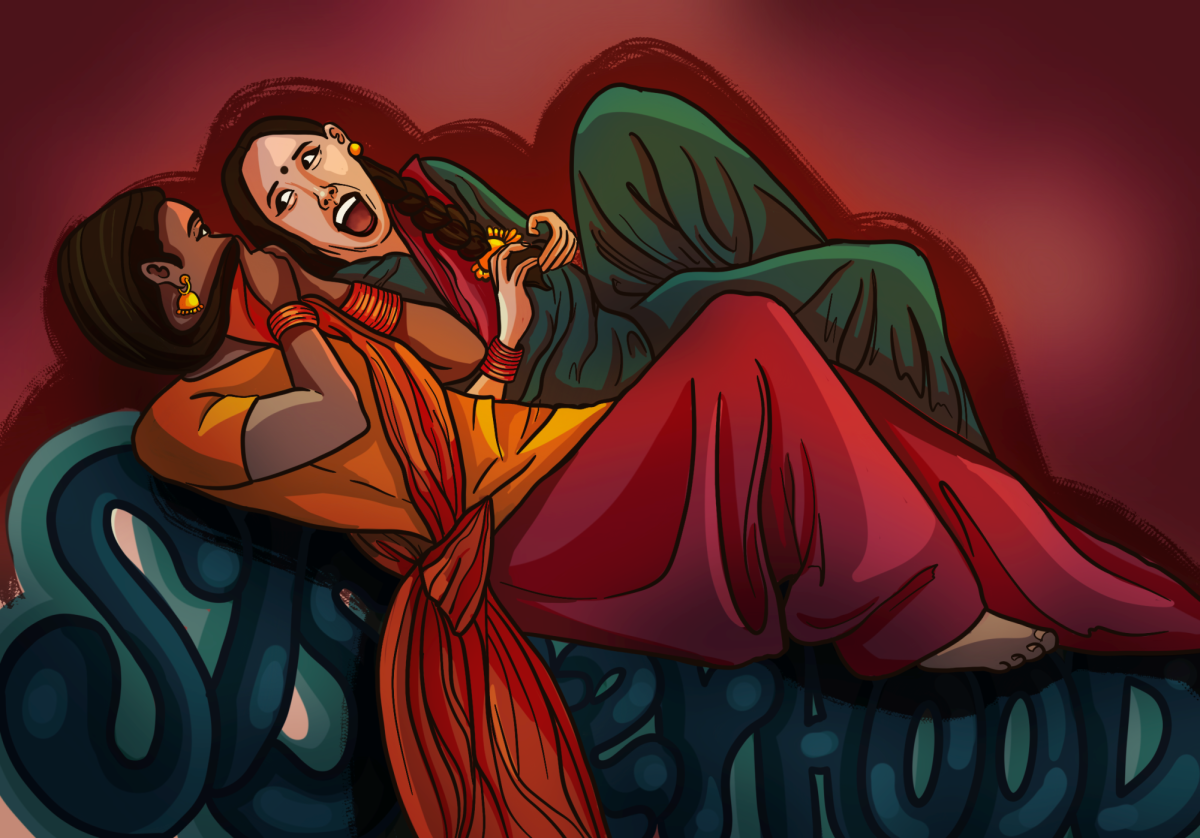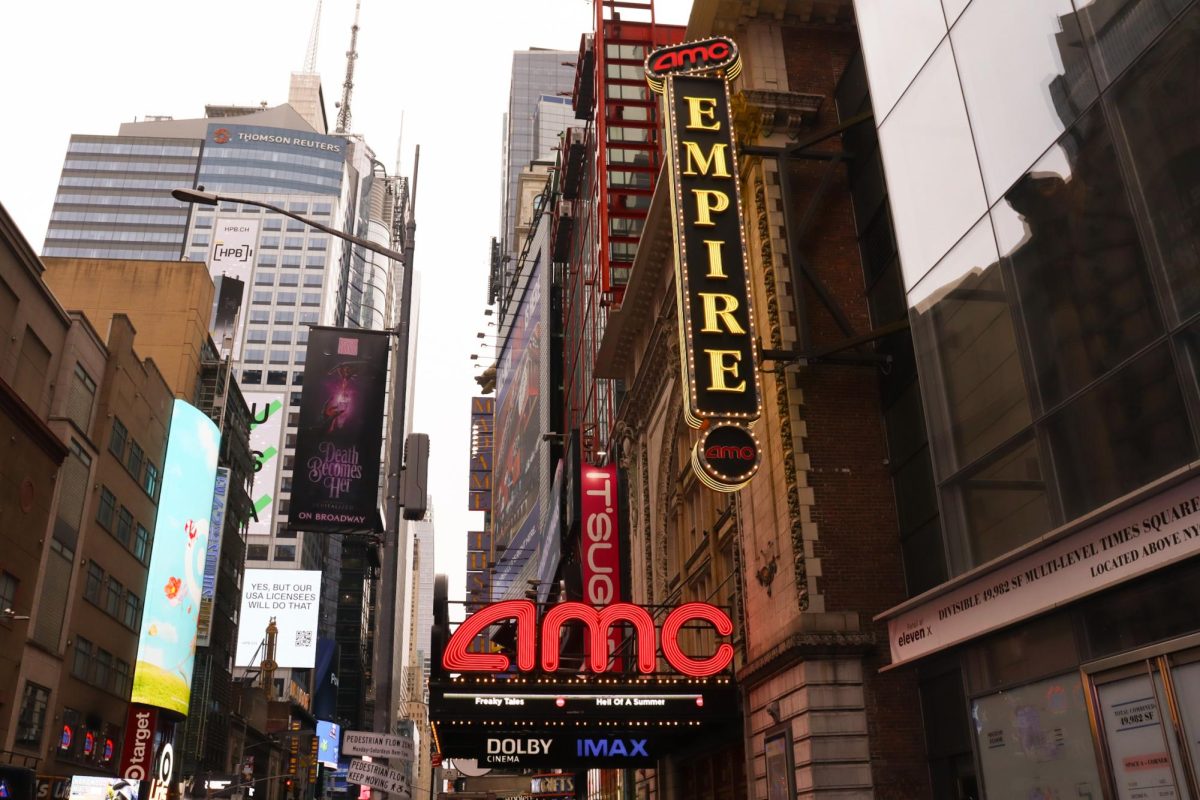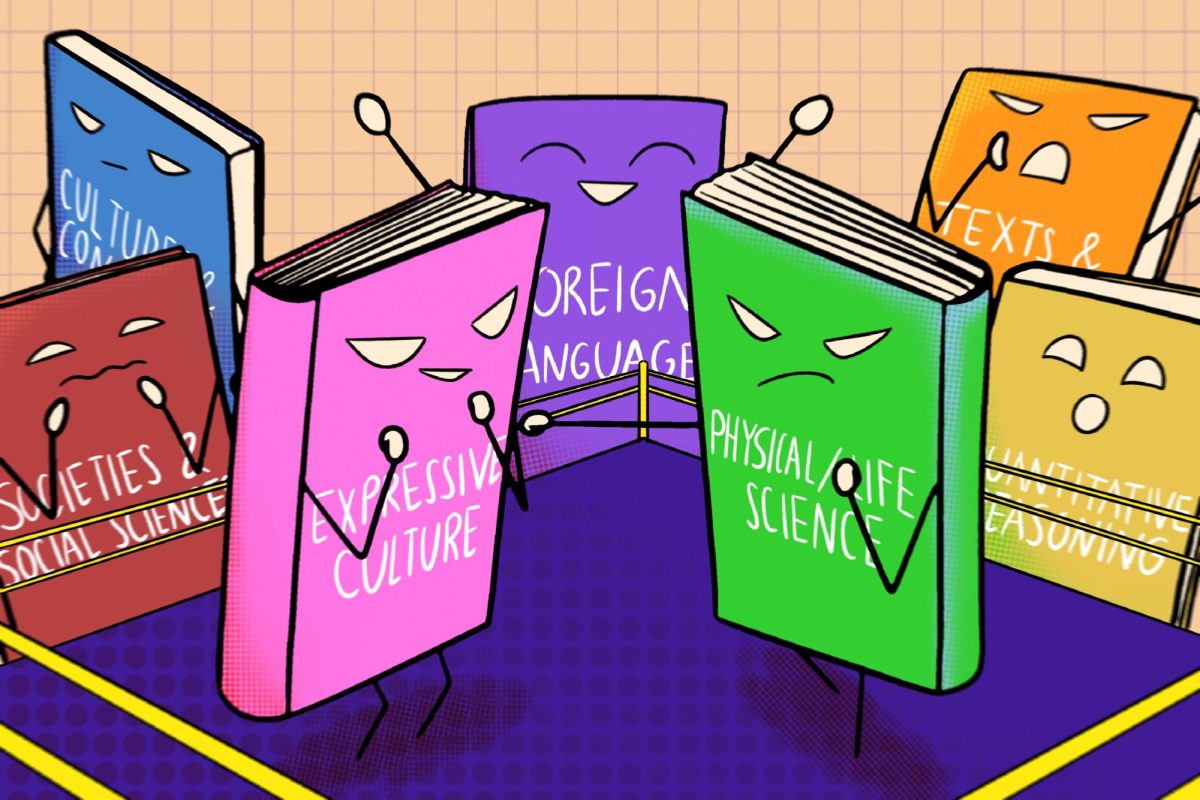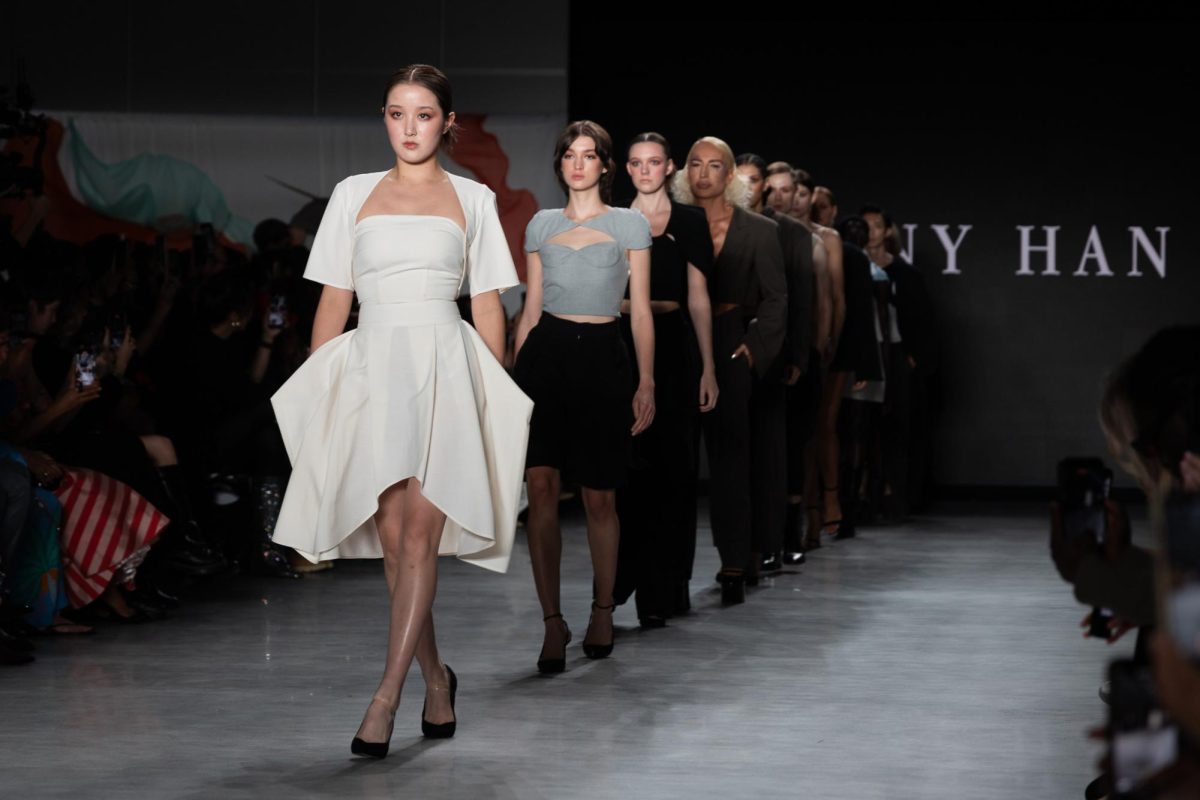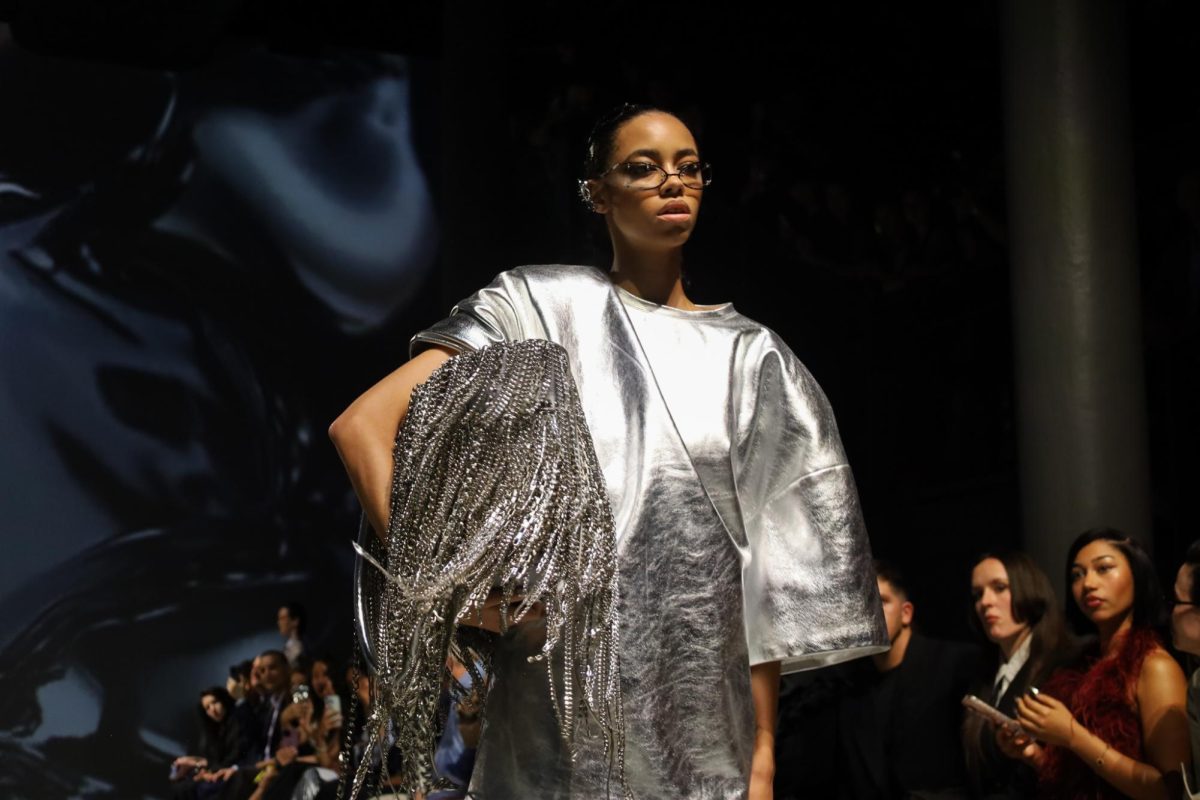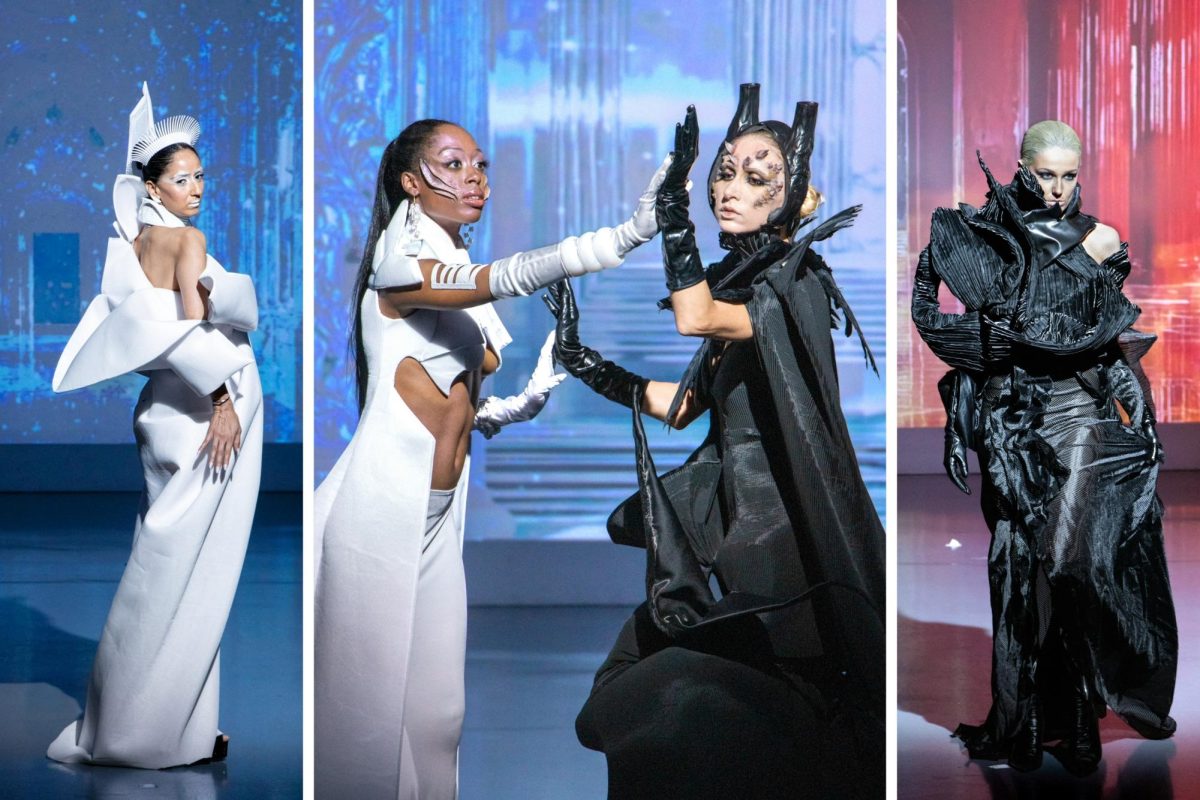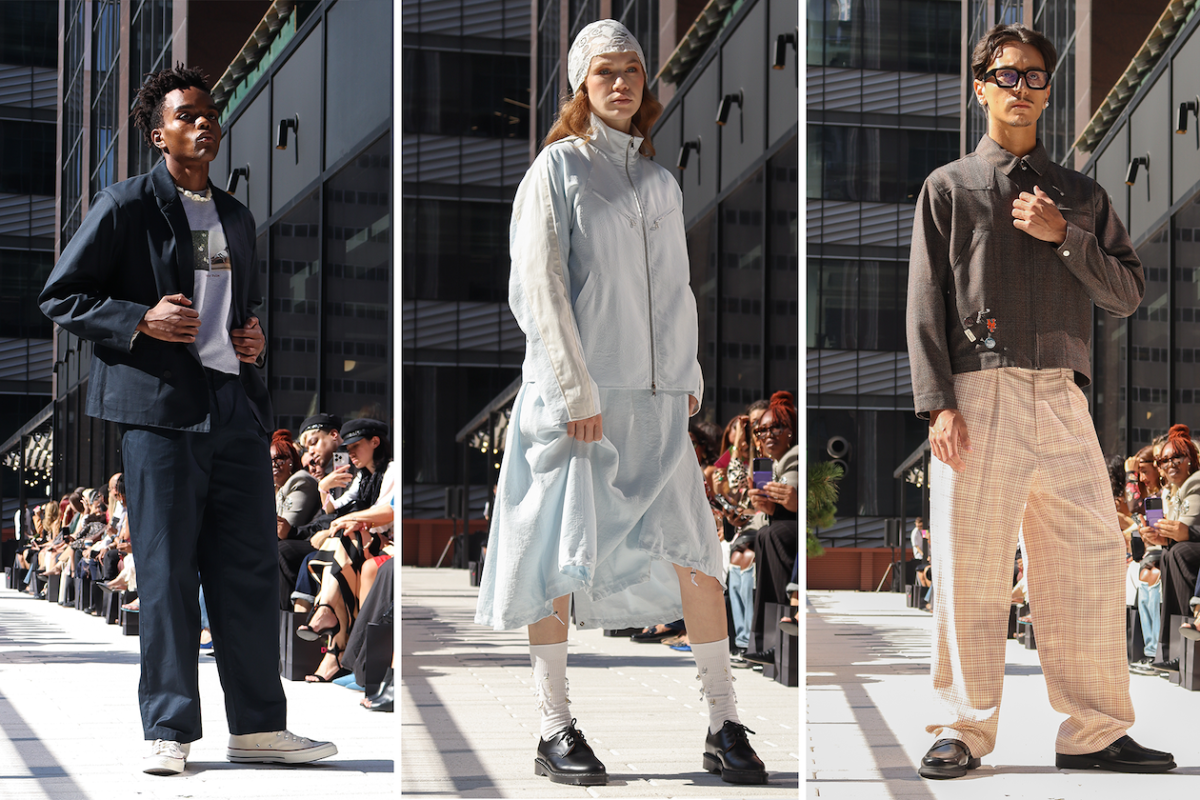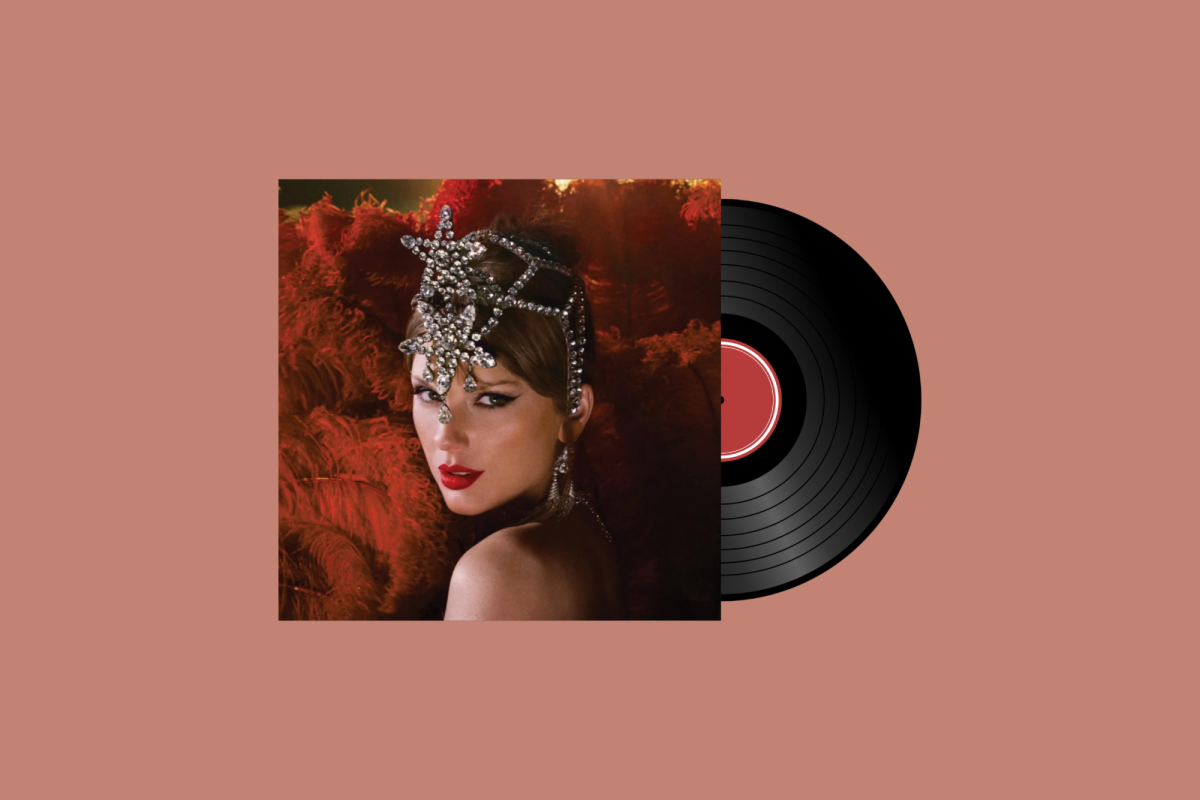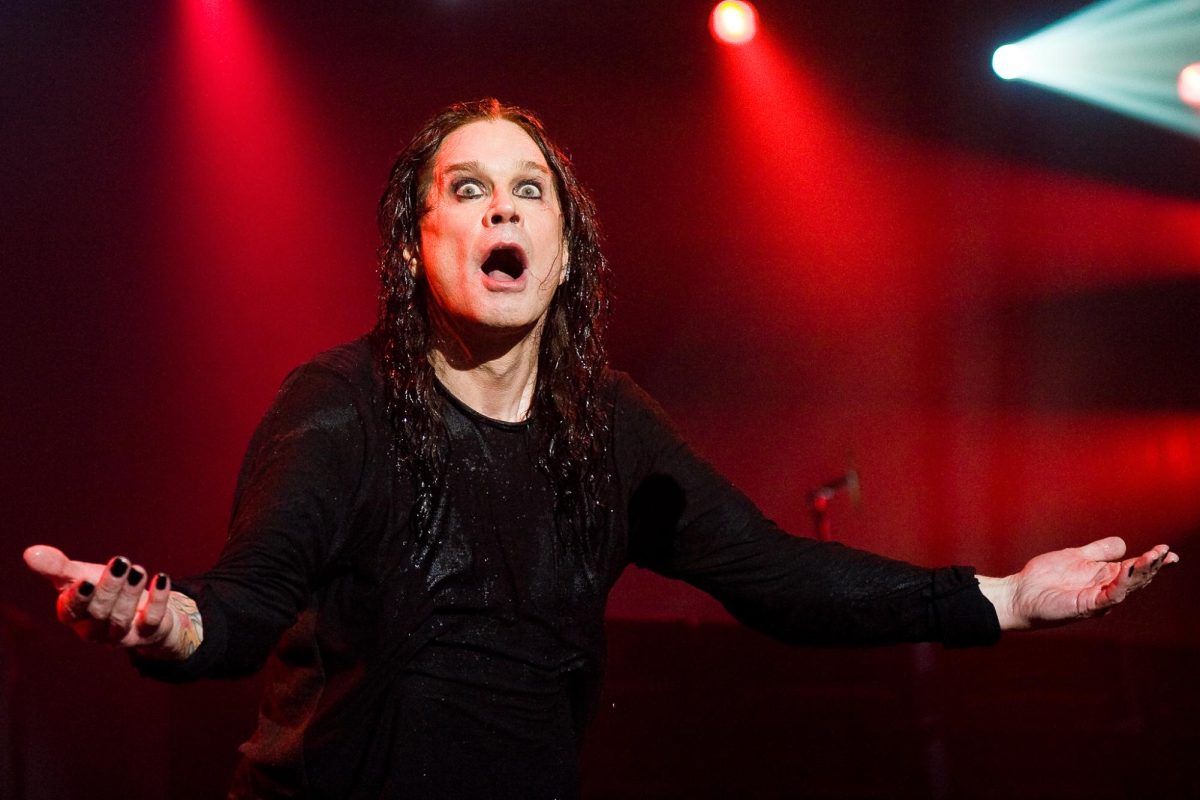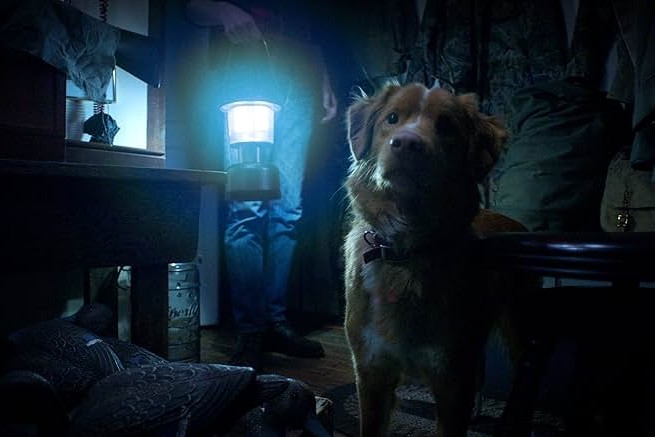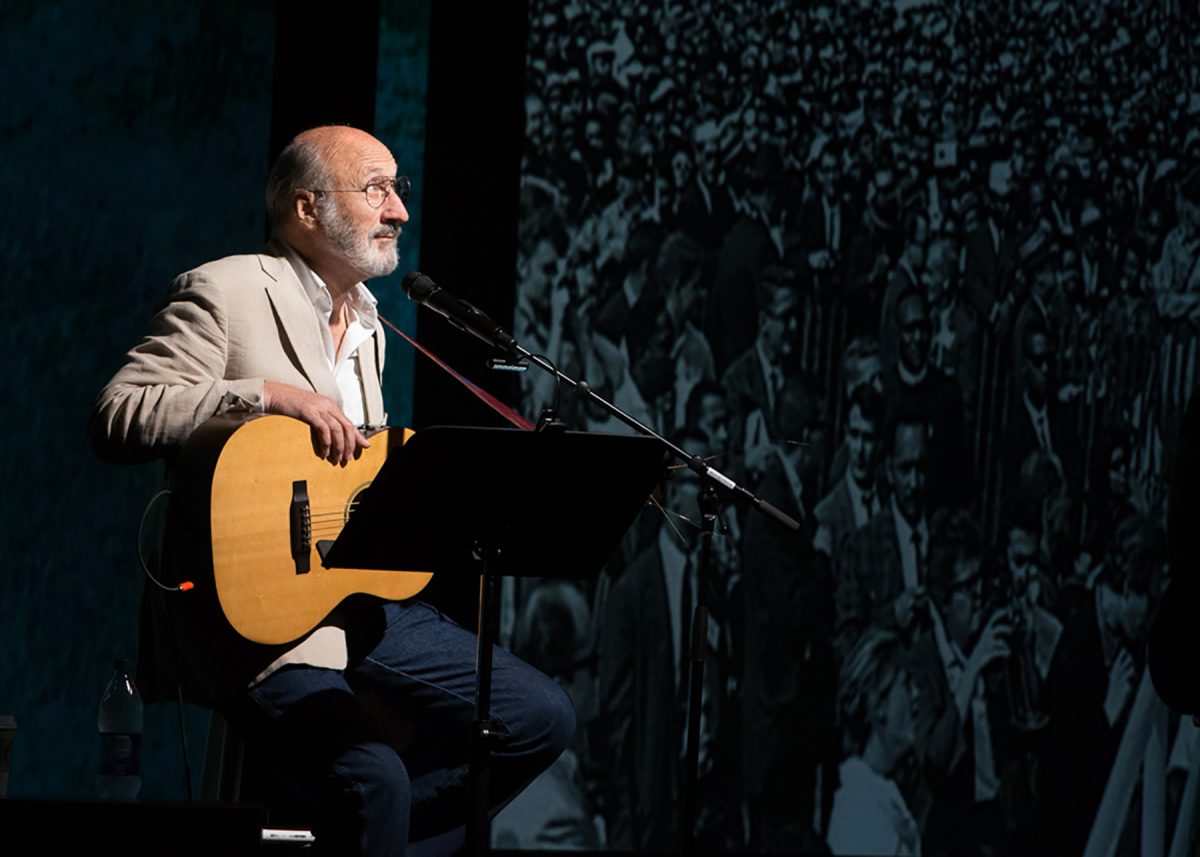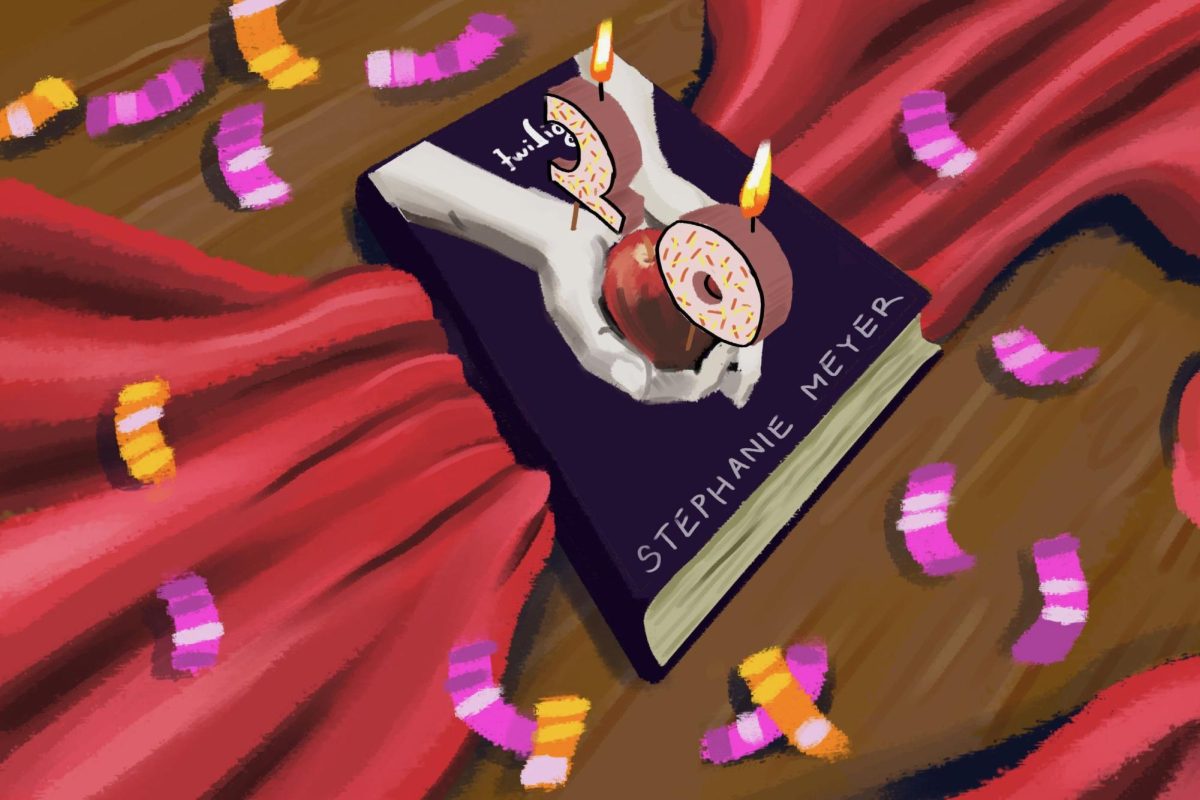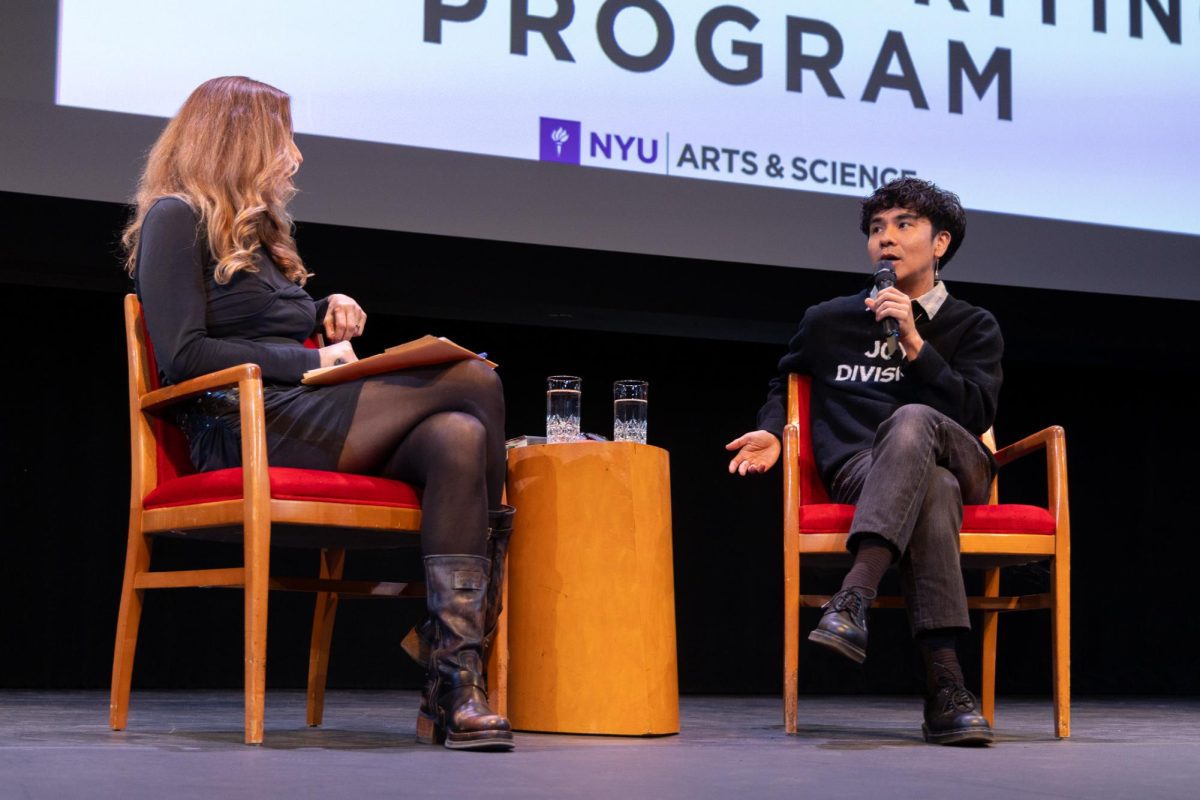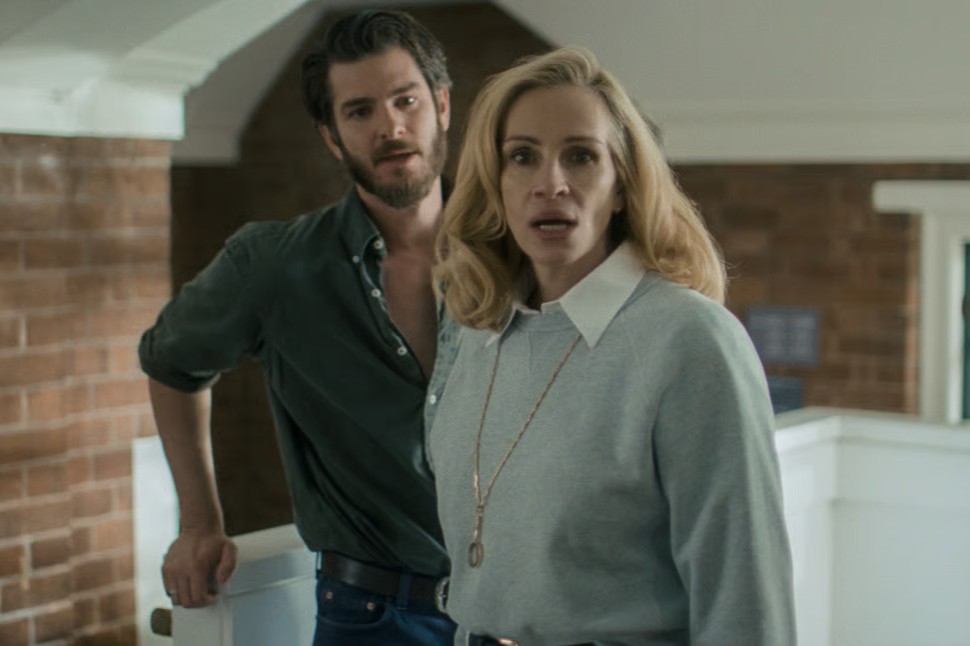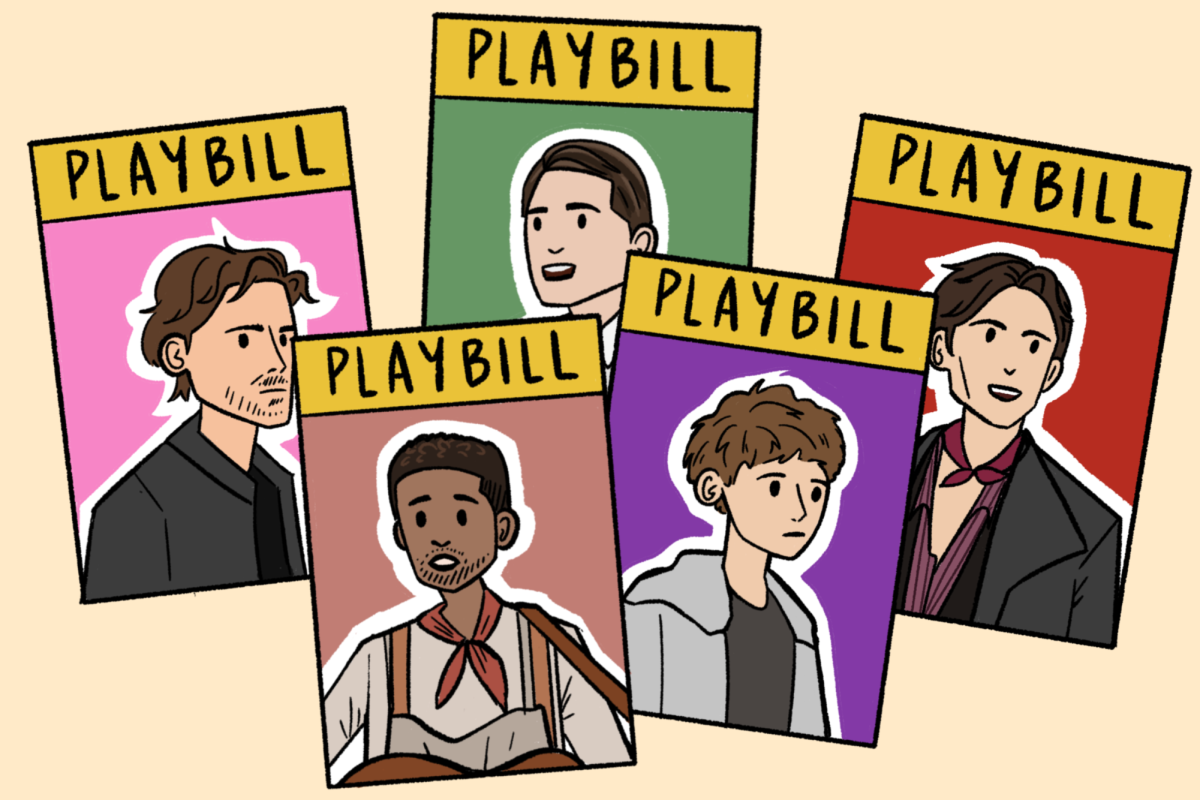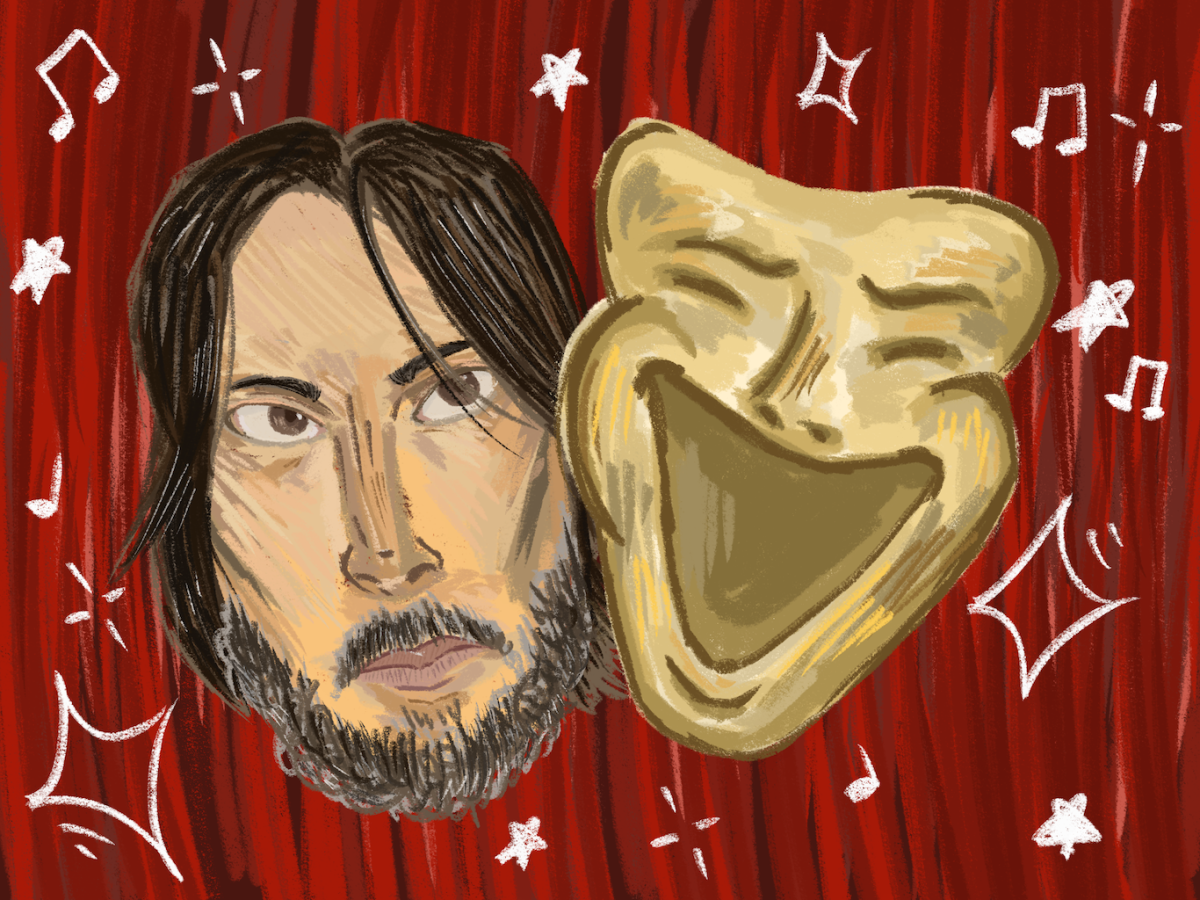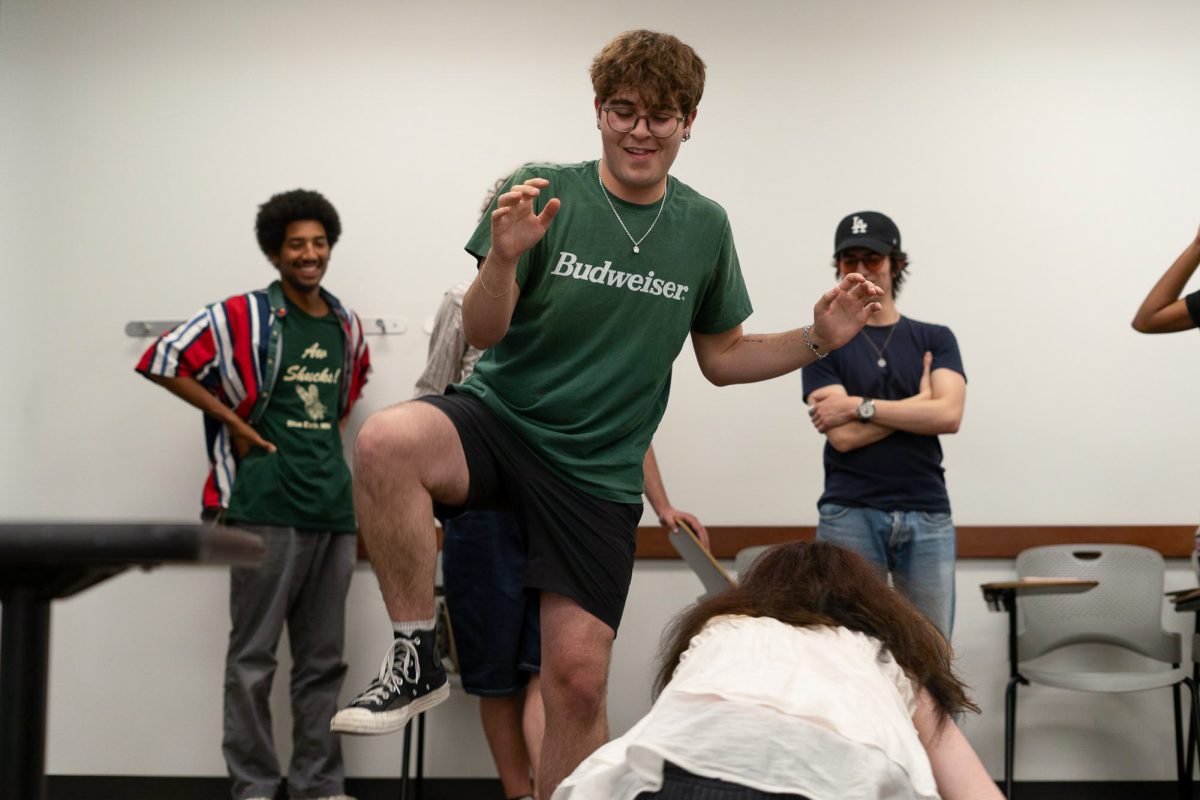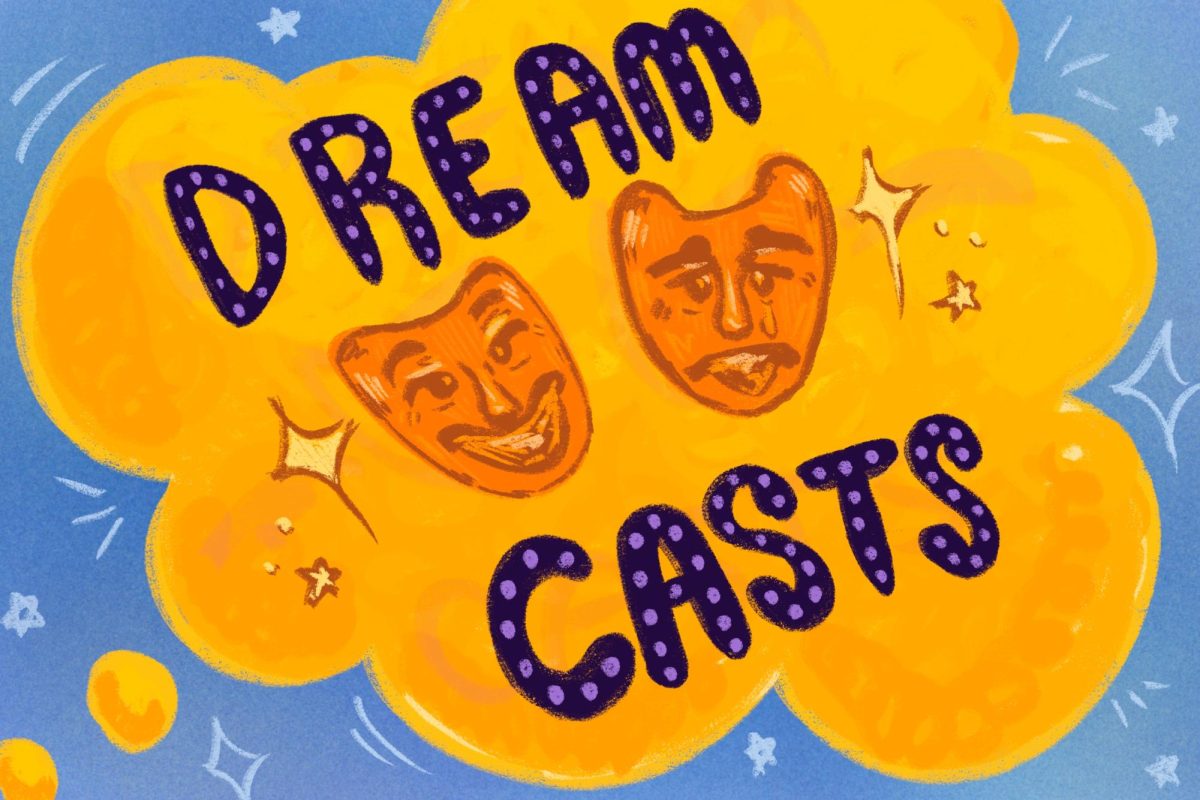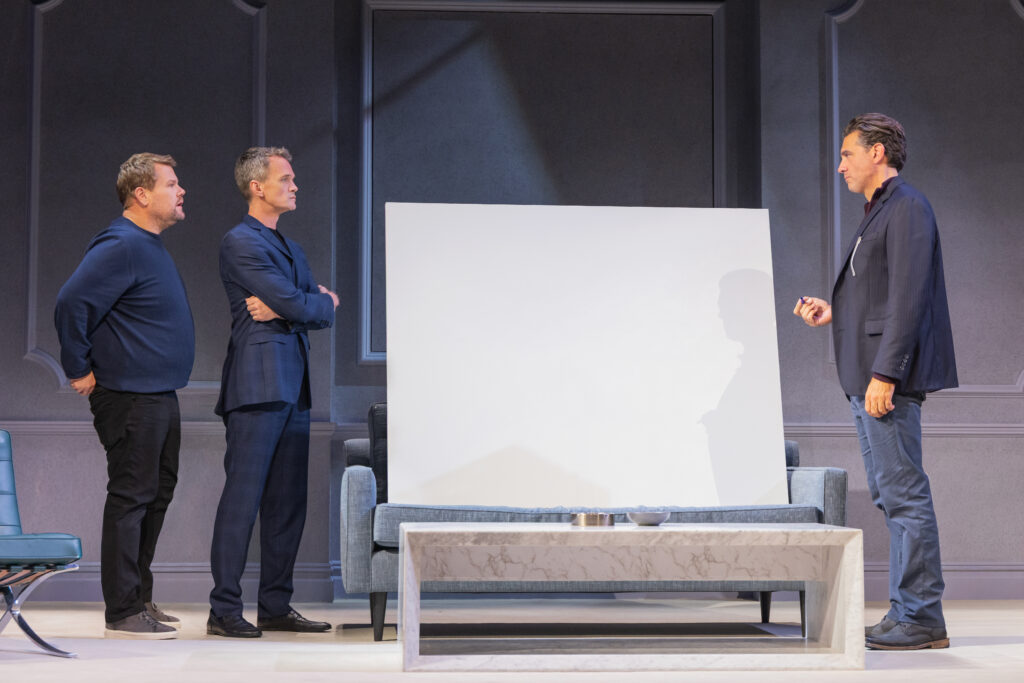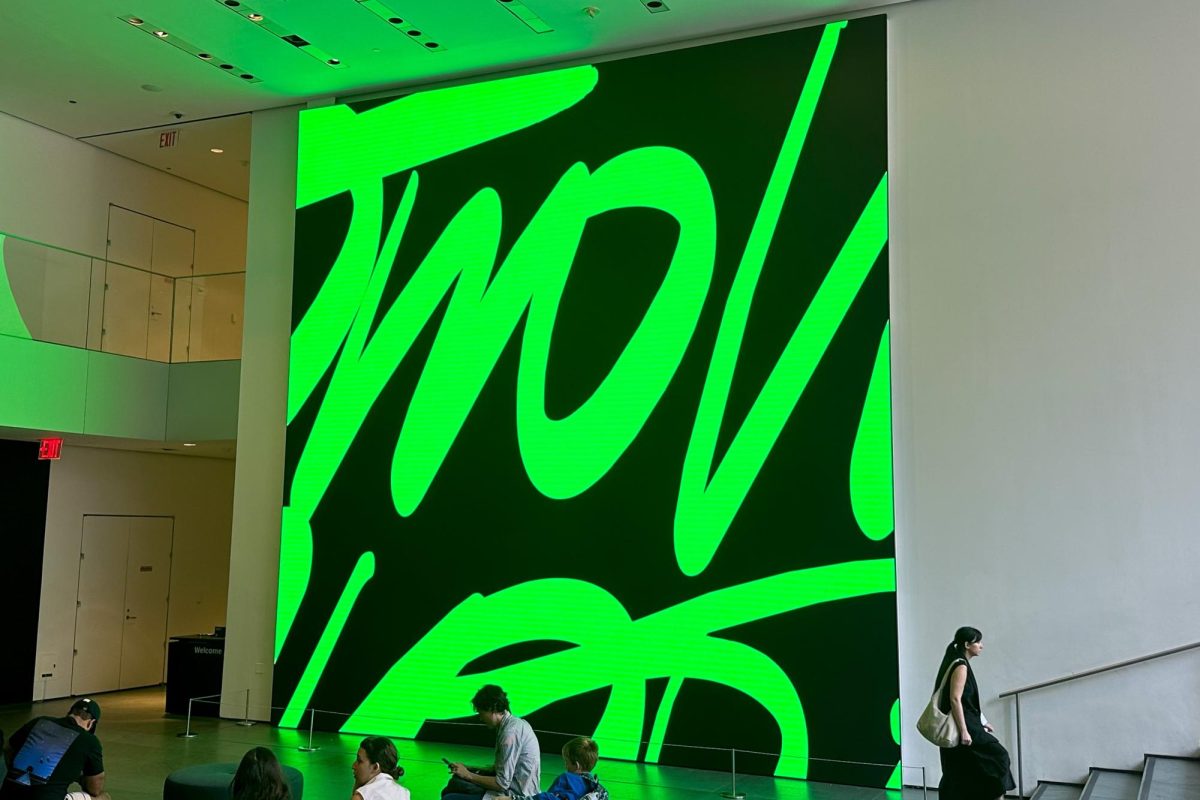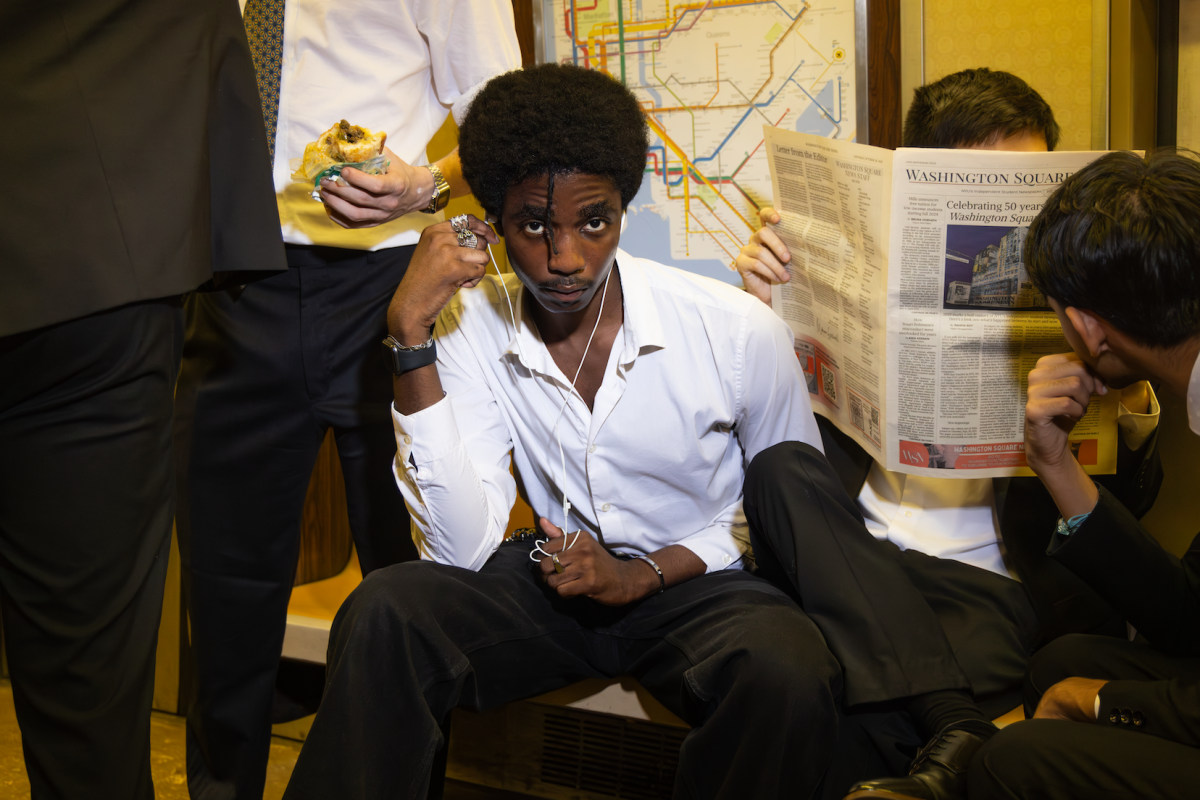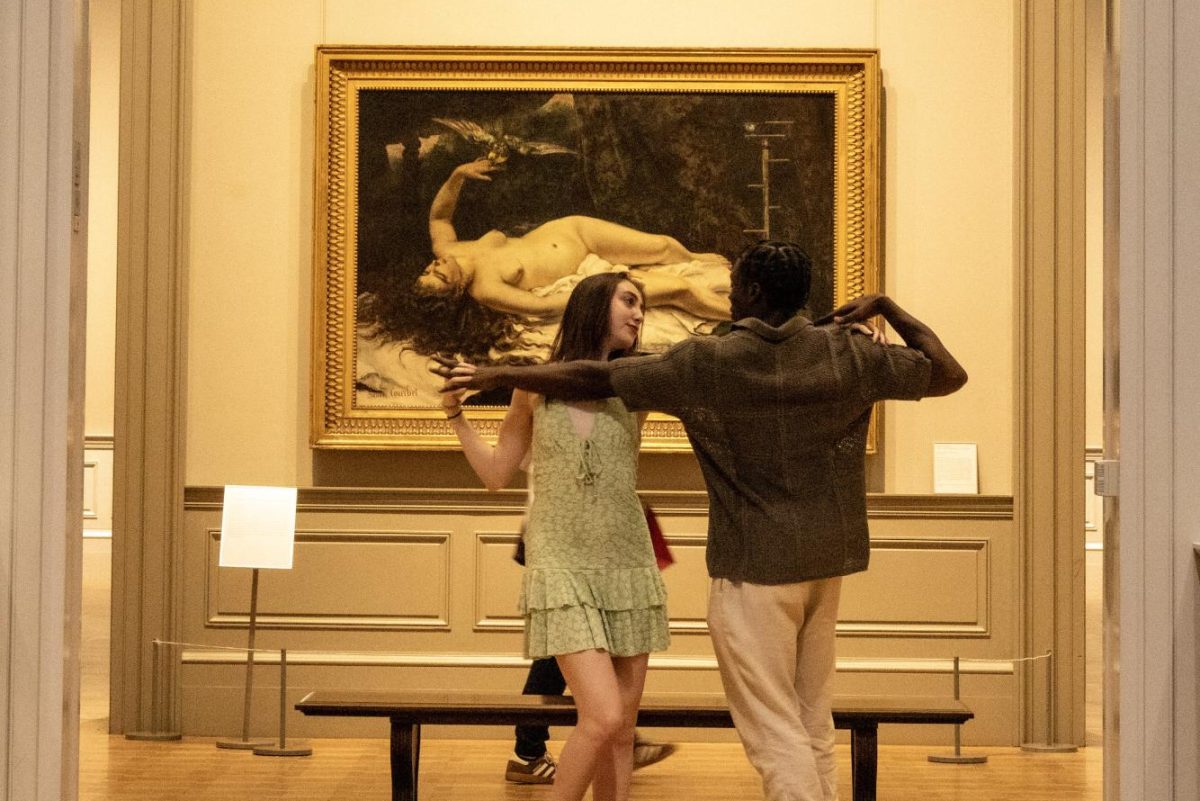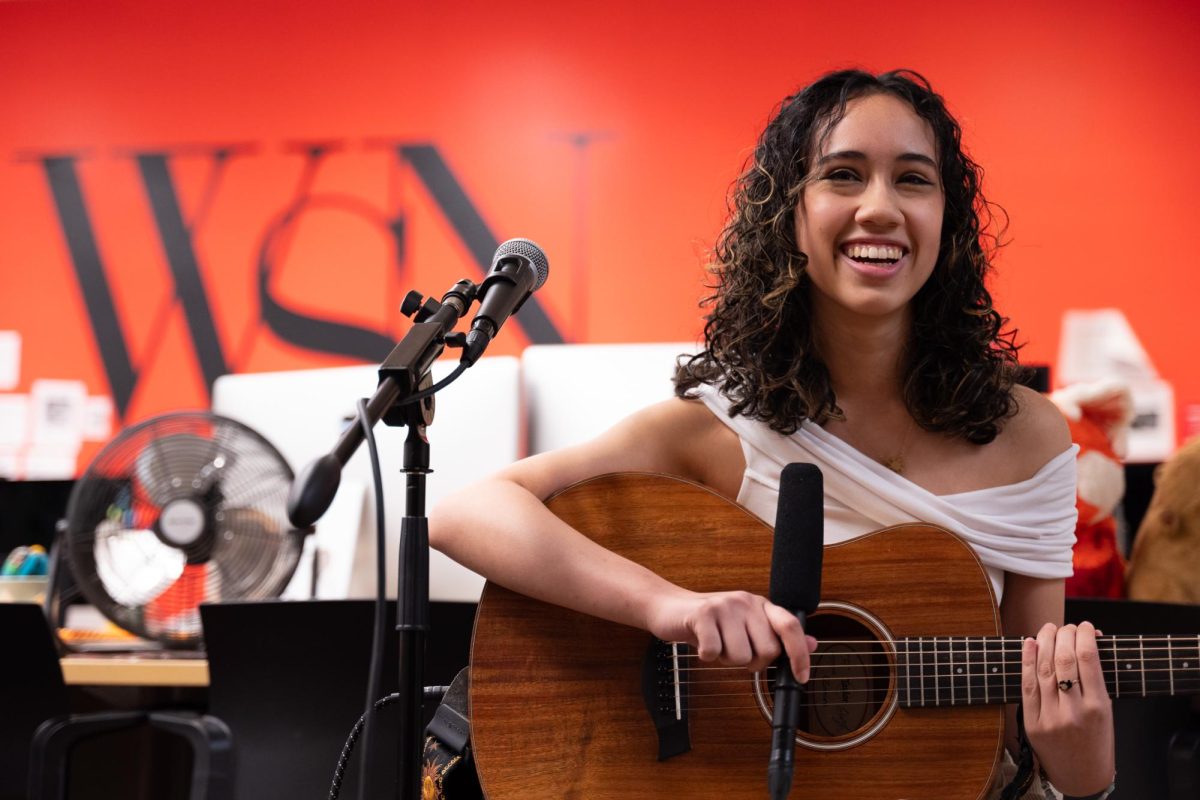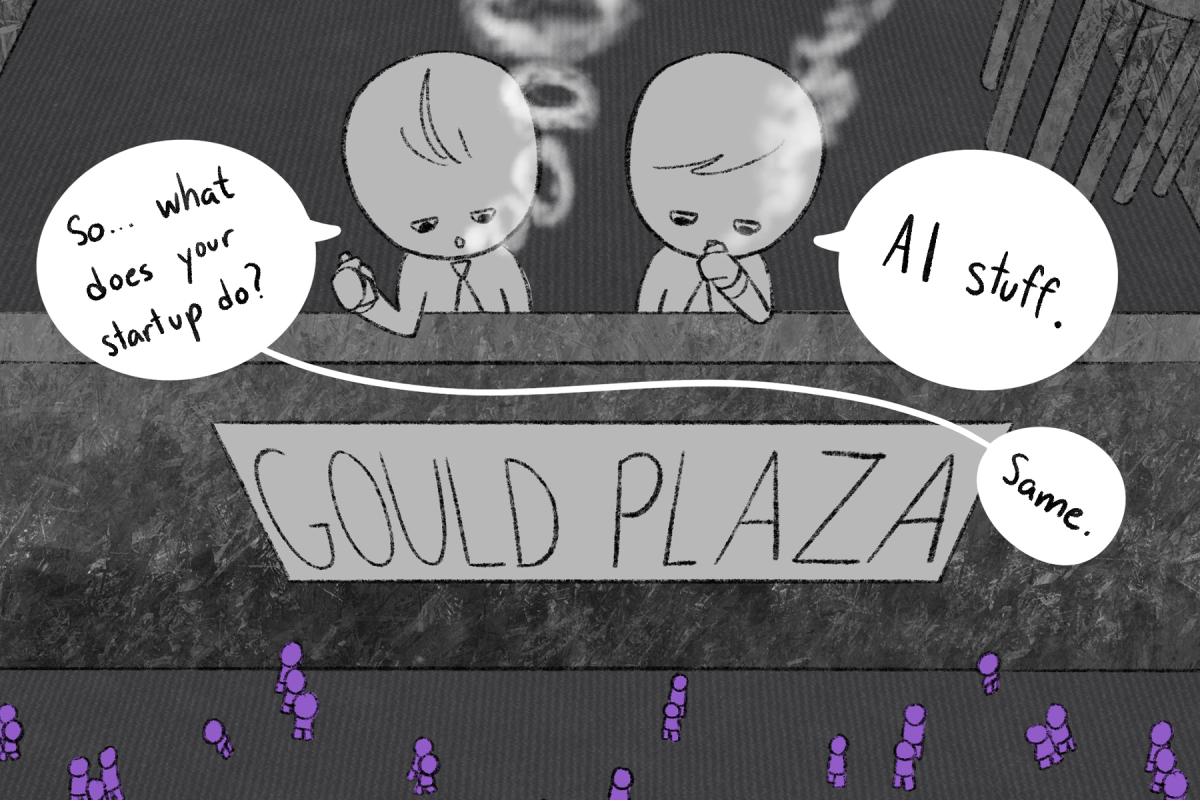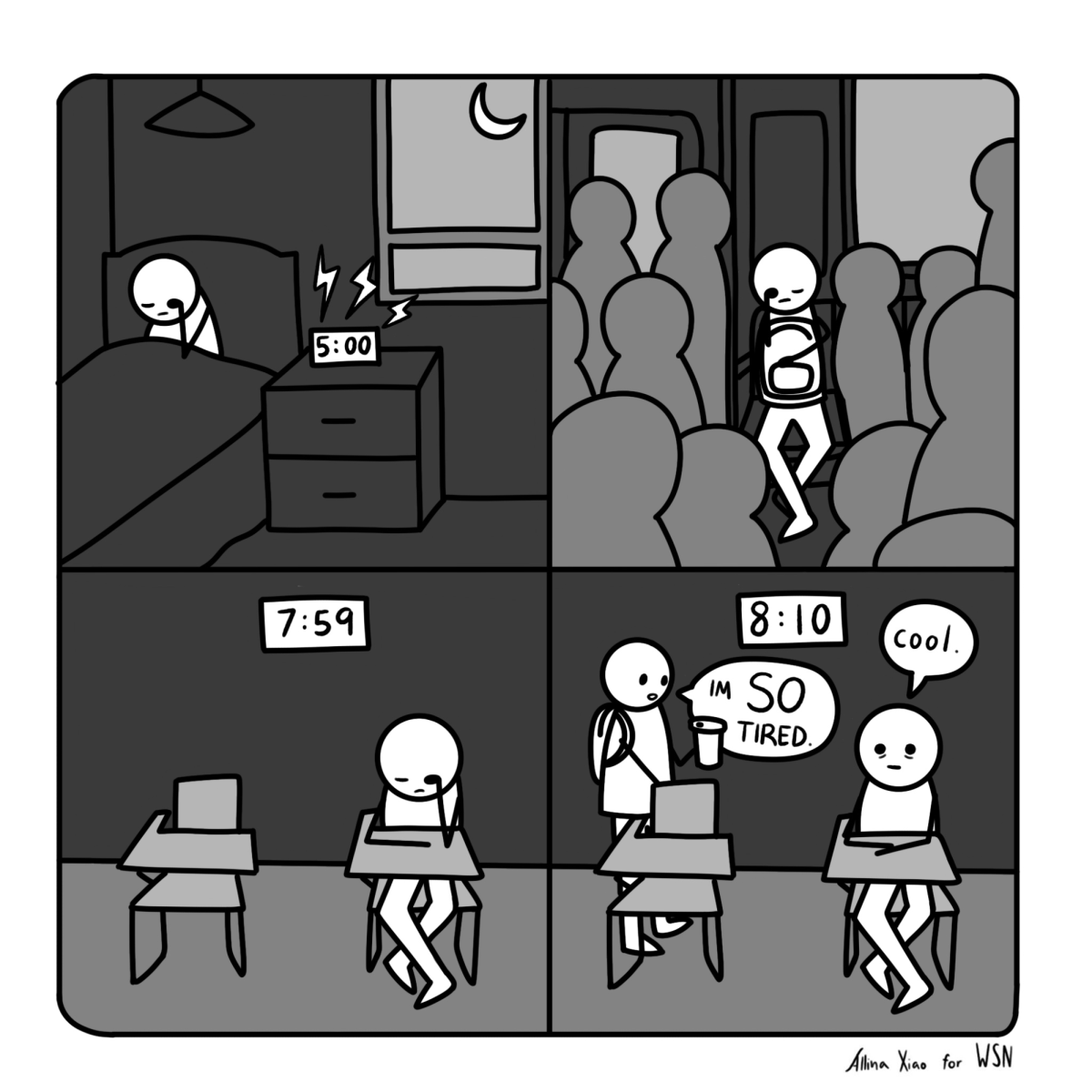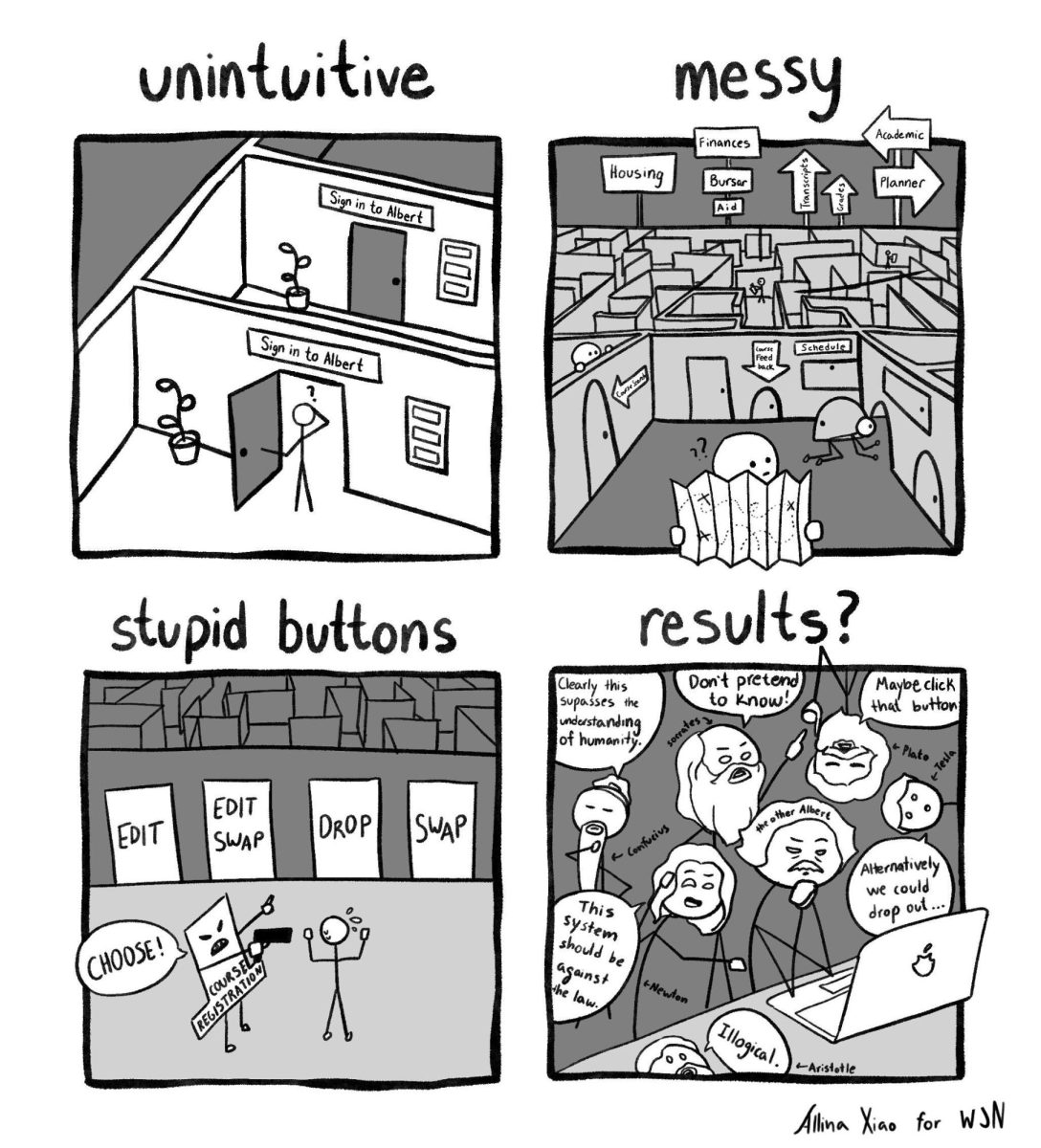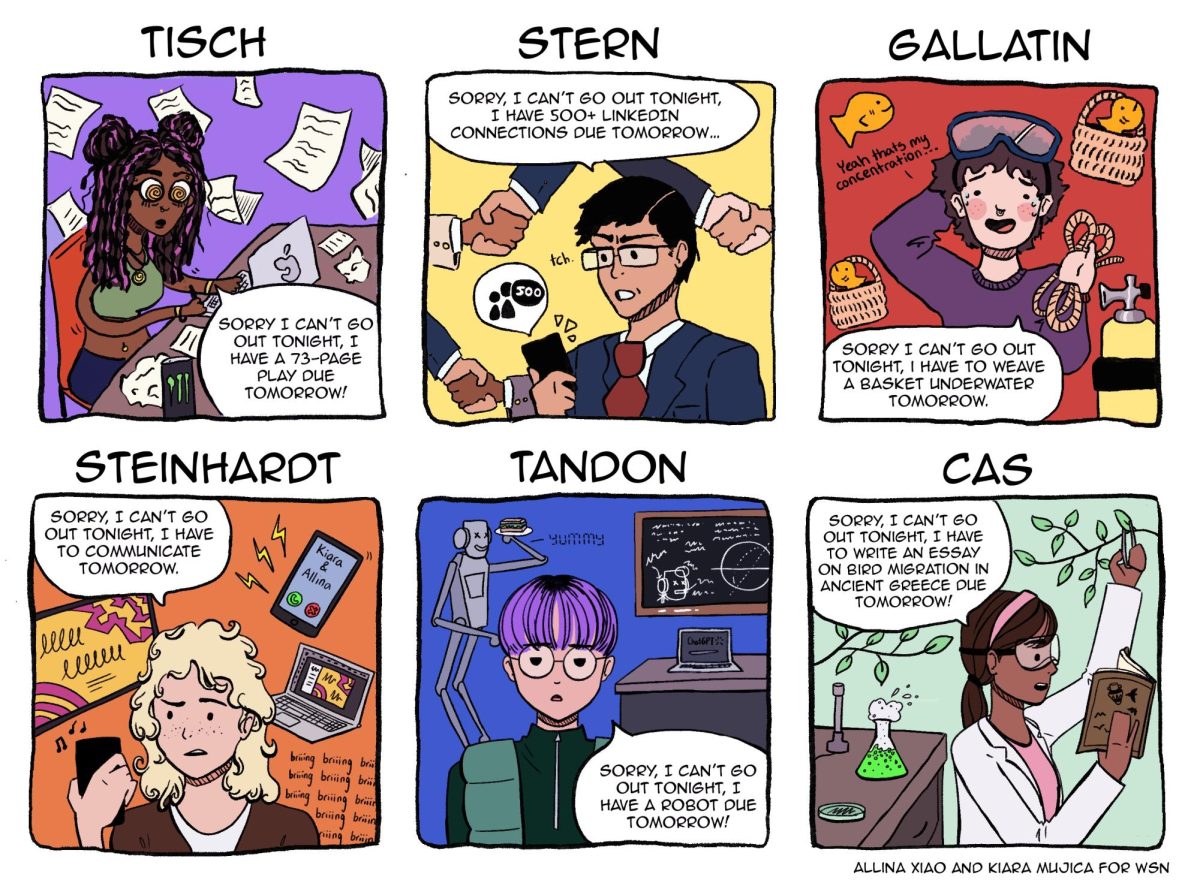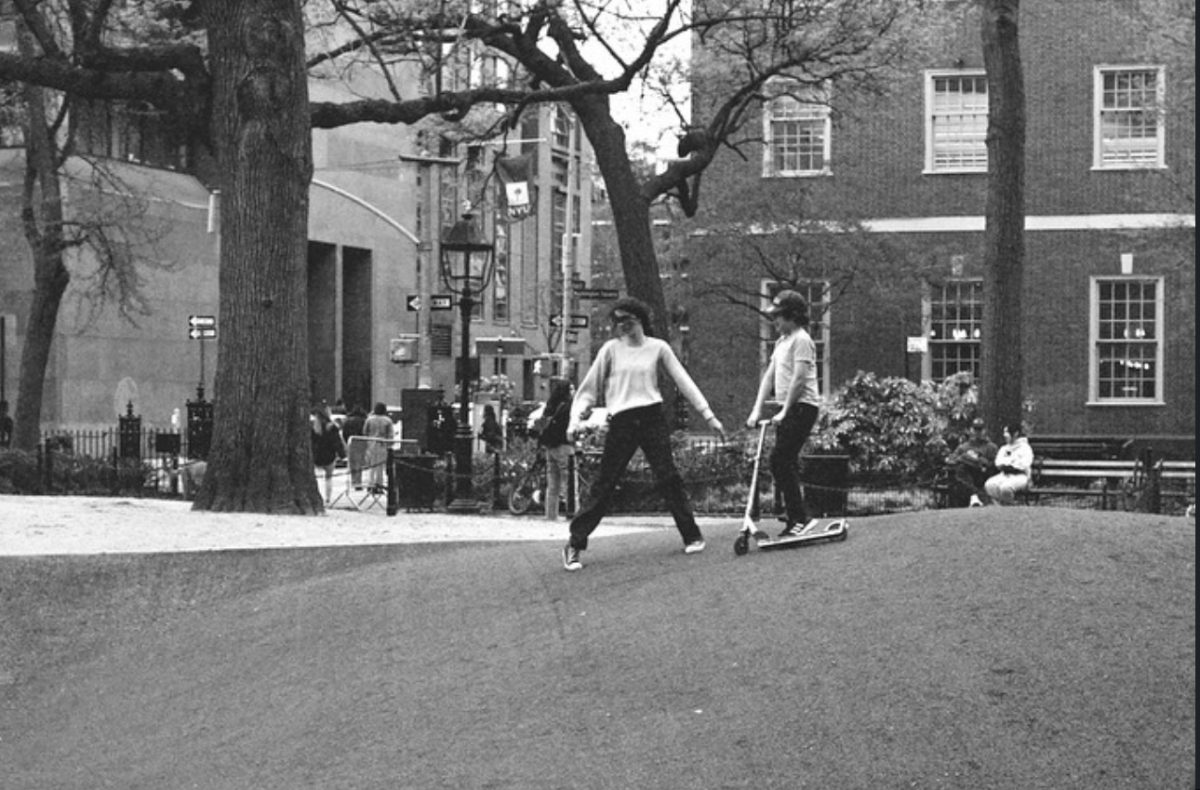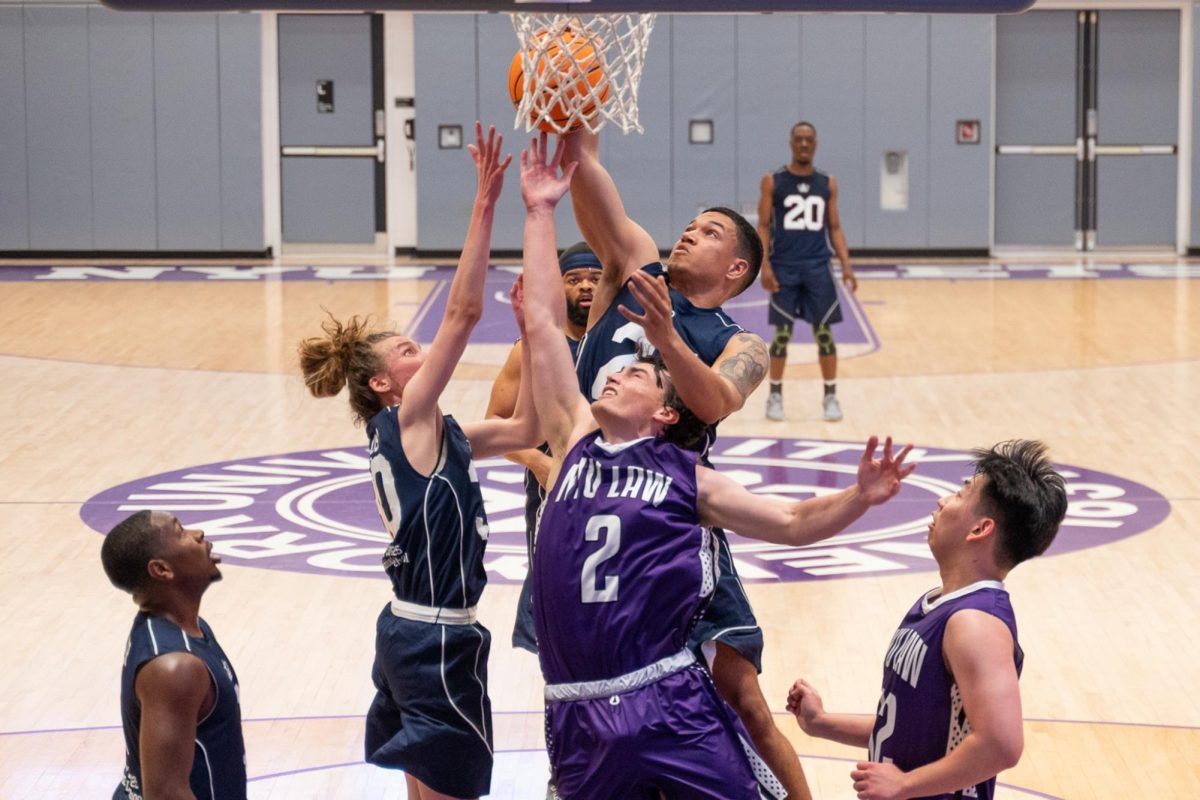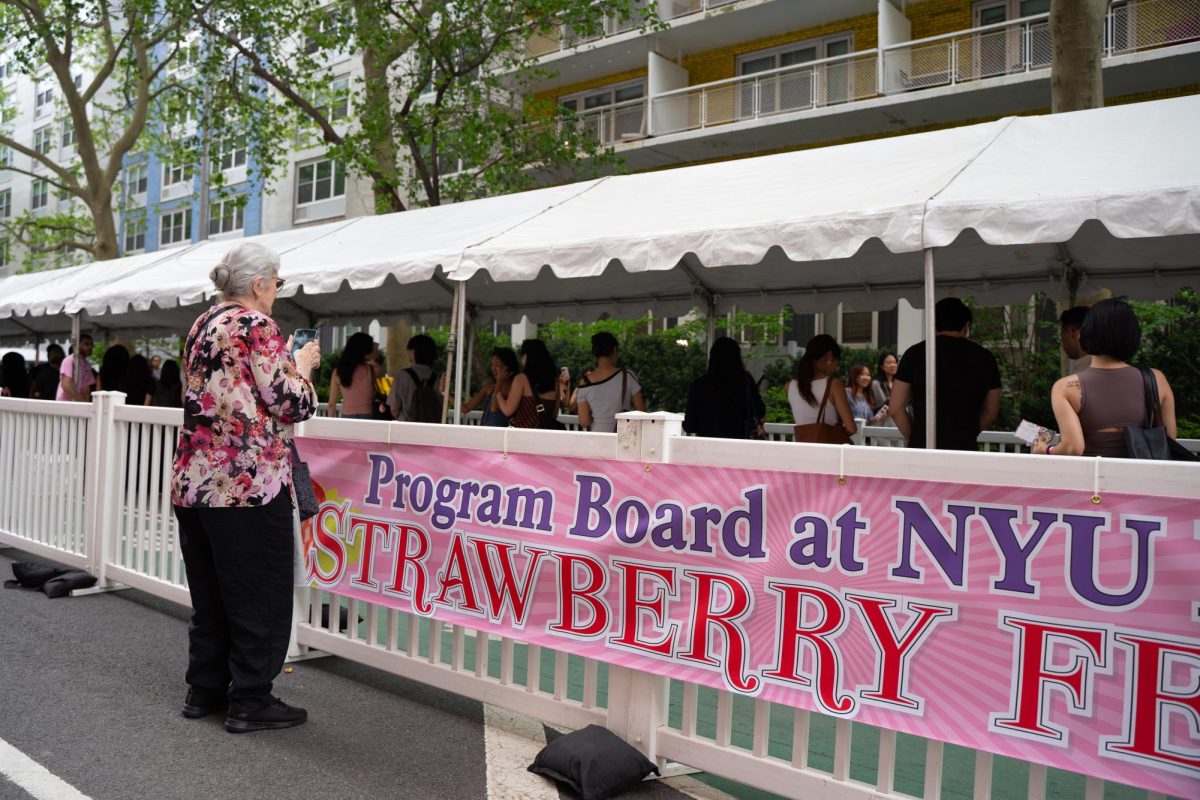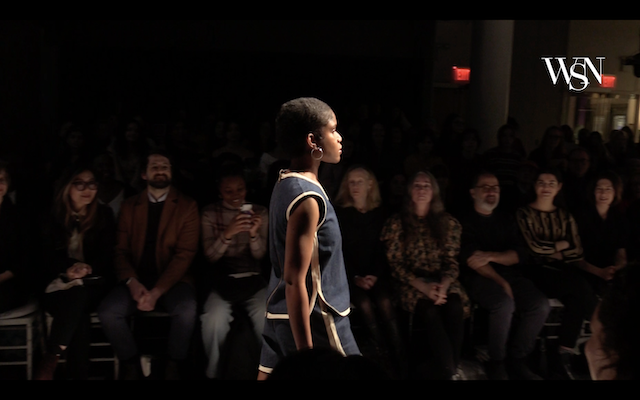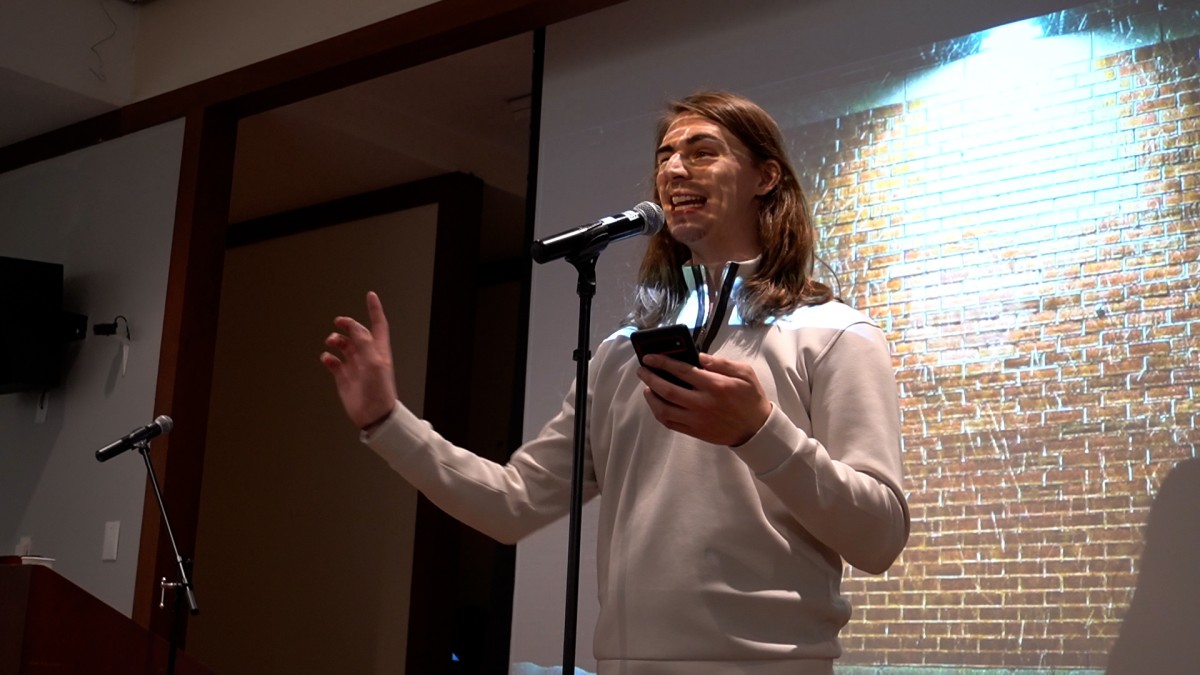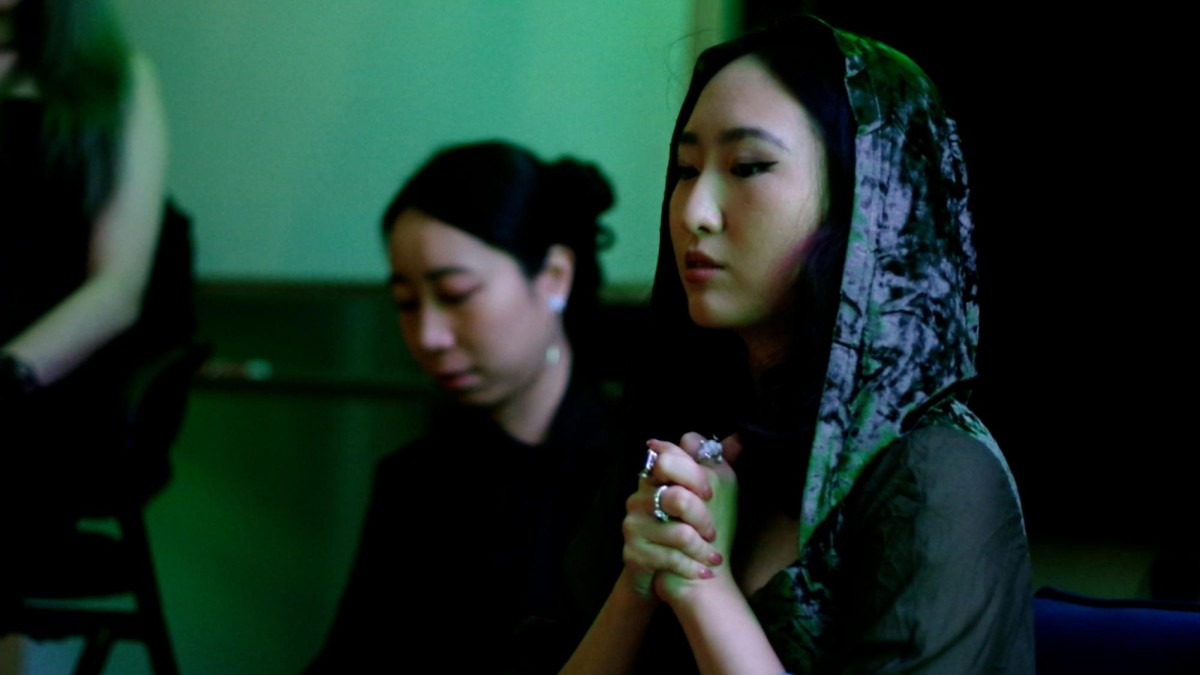This review contains spoilers.
The new play, “John Proctor is the Villain,” confusingly introduced itself to Broadway. With an Instagram bio promising a show “running on pop music, optimism, & fury” — whatever that means — Kimberly Belflower’s play, directed by Tony Award-winner Danya Taymor, has at least captured the youth by casting Sadie Sink, a star of “Stranger Things.” But with aggressive marketing tactics and a title suggesting a takedown of Arthur Miller’s “The Crucible,” the play may turn those with a reverence for the classics away.
While her play’s title may seem one-sided, Belflower is more interested in the questions that arose when examining a classic text during the #MeToo movement. Set in 2018, the play follows junior-year students in a Georgian small-town high school who read “The Crucible” in an honors literature class. The enthusiastic teacher Mr. Smith (Gabriel Ebert) unequivocally praises John Proctor, the local farmer who fights for truth amidst the false accusations of the Salem witch trials and is often regarded as a great literary hero. But some students react differently, highlighting how John’s affair with the young girl Abigail started the witch hysteria in the first place.
No student’s view is considered correct or incorrect, but Belflower uses them to develop the characters. Nell (Morgan Scott) often applauds the Salem girls for fighting the patriarchy. Transferring from Atlanta, she is a feminist fish-out-of-water as she learns how the small town’s values differ from her own. With a different approach, Ivy (Maggie Kuntz), whose father was recently accused of sexual assault, tends to overly defend John — just as she doesn’t want to suspect her dad of any misdeeds either.
The most eager to connect with “The Crucible” is Beth (Fina Strazza), a passionate learner and teacher’s pet who likes Mr. Smith almost too much. The guys — Mason (Nihar Duvvuri) and Lee (Hagan Oliveras) — are the opposite, barely reading the play and showing little interest in Mr. Smith’s teaching. Raelynn (Amalia Yoo) also has bigger fish to fry, as she joins Beth in starting a feminism club and struggles to deal with Lee, her ex-boyfriend, who cheated on her with Shelby (Sink), Raelynn’s best friend.
When Shelby finally shows her face at school after four months of what she calls a “sabbatical,” her fervent defense of Abigail kickstarts the play’s ideological conflict, revealing the characters’ secrets and igniting arguments. And Ivy’s dad isn’t the only figure accused of sexual assault during the play: Even the seemingly sweet Mr. Smith has secrets. Belflower handles this topic with a balanced touch, never shying away from exposing the painful truths, but always prioritizing the girls’ perspective and humanity.
Her script also introduces the characters succinctly and satisfyingly foreshadows later plot twists. Take a note if relationships ever seem off — for example, why does Mr. Smith only shut down Shelby’s discussion points? The show also captures the zeitgeist of 2018 — Raelynn bursts “And that’s what you missed on ‘Glee’” after an exposition dump, and Shelby reintroduces herself to the girls by quoting “American Horror Story.”
Taymor, a master of visual storytelling, complements Belflower’s script with remarkable scene transitions. While Palmer Hefferan’s incidental music plays with notification sounds interjecting, spotlights shine on different actors, capturing fleeting emotions — such as Raelynn’s sorrow as she recovers from a violent encounter with Lee — while the rush of school happens around them. The scene change may be over in a few seconds, but the flash of emotion stays in our mind.
Taymor also draws out great performances from her cast, who, across the board, act remarkably like high school students. Especially Sink, who has a relatable, self-effacing charm. You get the sense that she repeats jokes she makes in her head and cringes at her awkwardness. Sink and Yoo nail the complicated emotions that come from growing up around changing morals. Near the end of the play, when they sit down to talk at a gas station — the only scene that occurs outside of Mr. Smith’s classroom — they capture the spirit of teenage friendships: laughing, crying and healing together.
“John Proctor is the Villain” ends with Shelby and Raelynn’s class presentation: an interpretive dance imagining “The Crucible” characters Abigail and Elizabeth Proctor jamming to Lorde’s song “Green Light.” Even though it starts a little cringey, it slowly evolves into something bigger than themselves. Mr. Smith tries to stop them, but it’s too late. Nell and Mason join too, along with counselor Ms. Gallagher (Molly Griggs). The lights flash with bright colors as the song grows louder and louder, eclipsing the entire stage as a moment of pure theatricality.
Shelby and Raelynn make it clear that they’ll dance, whether they get a green light from men or not. They’ll never stop dancing.
Contact Ethan Li at [email protected].






